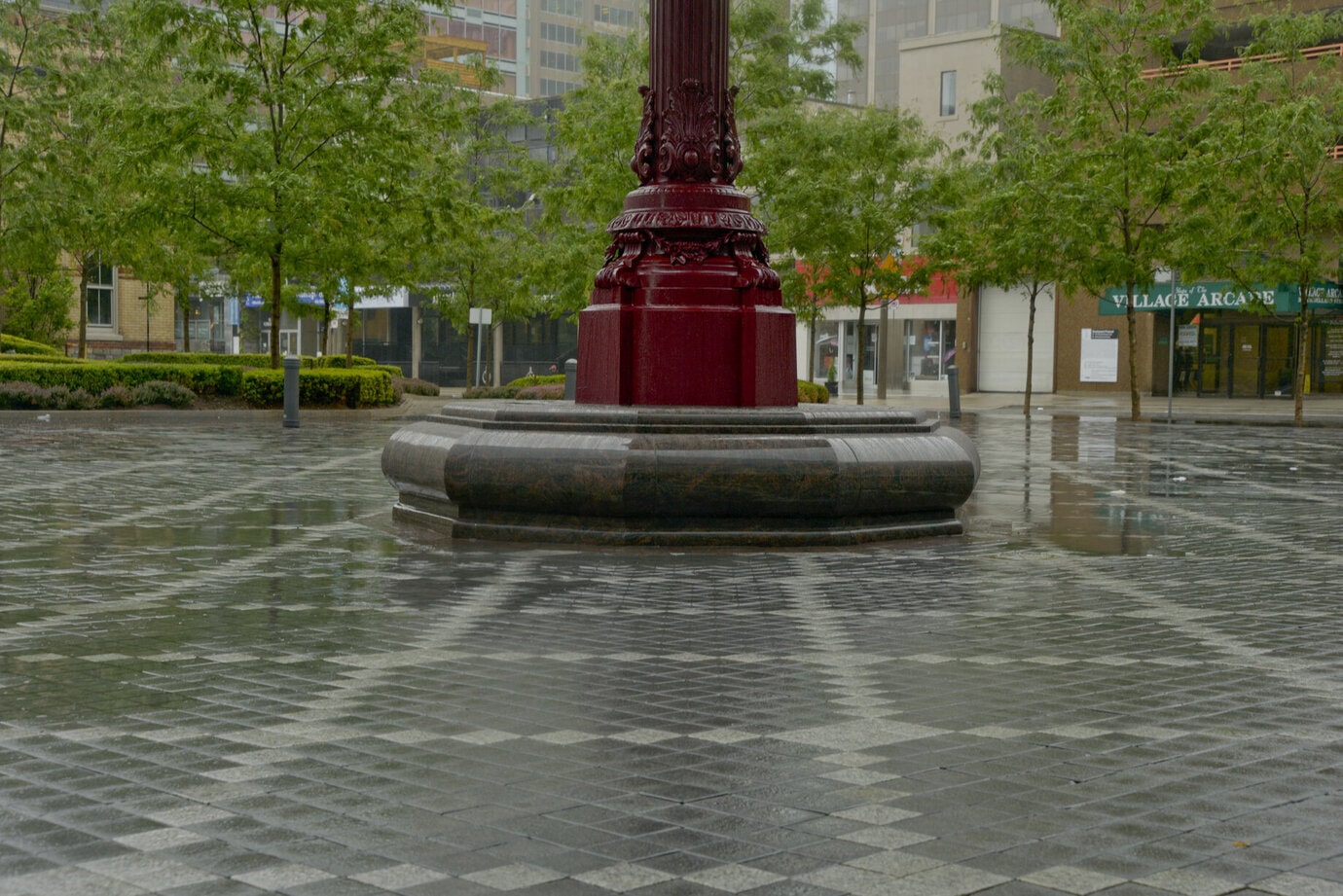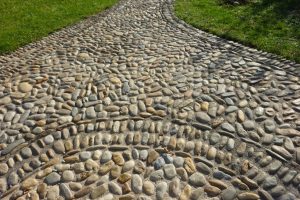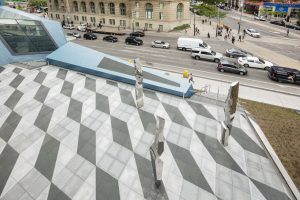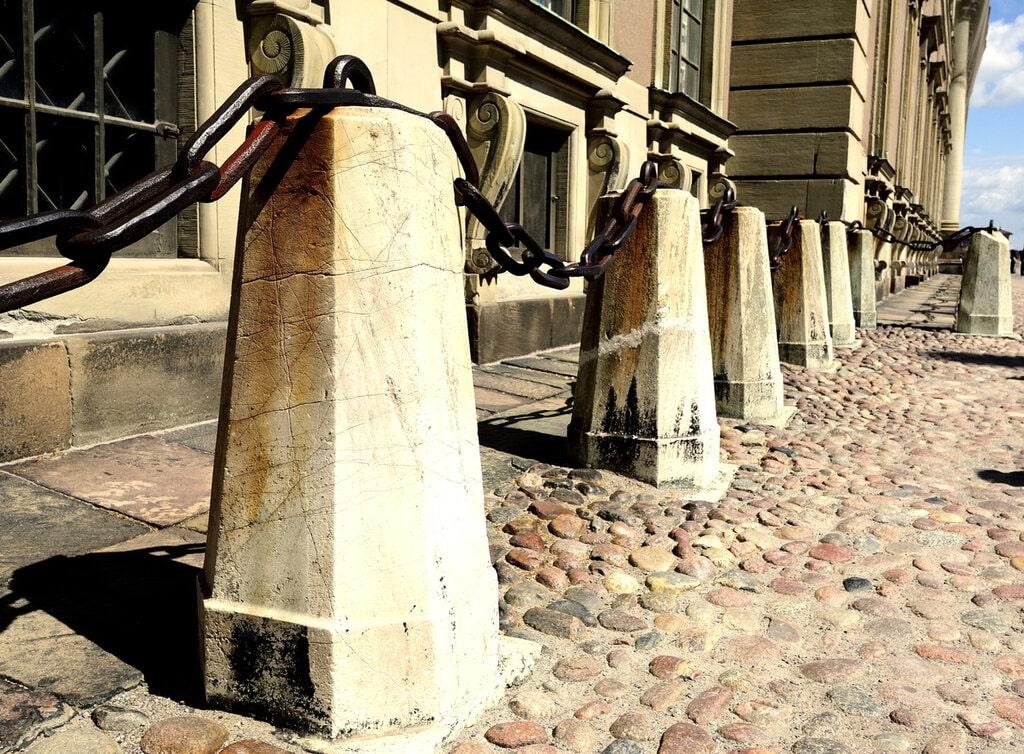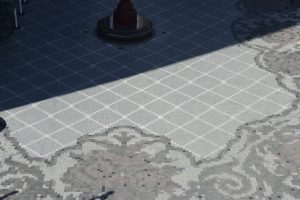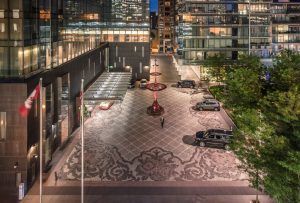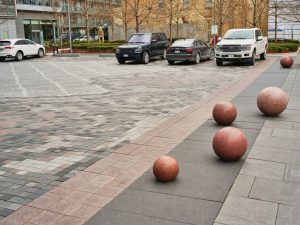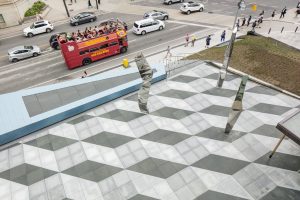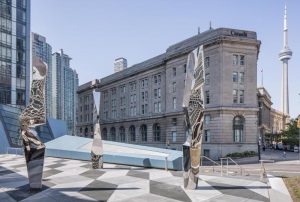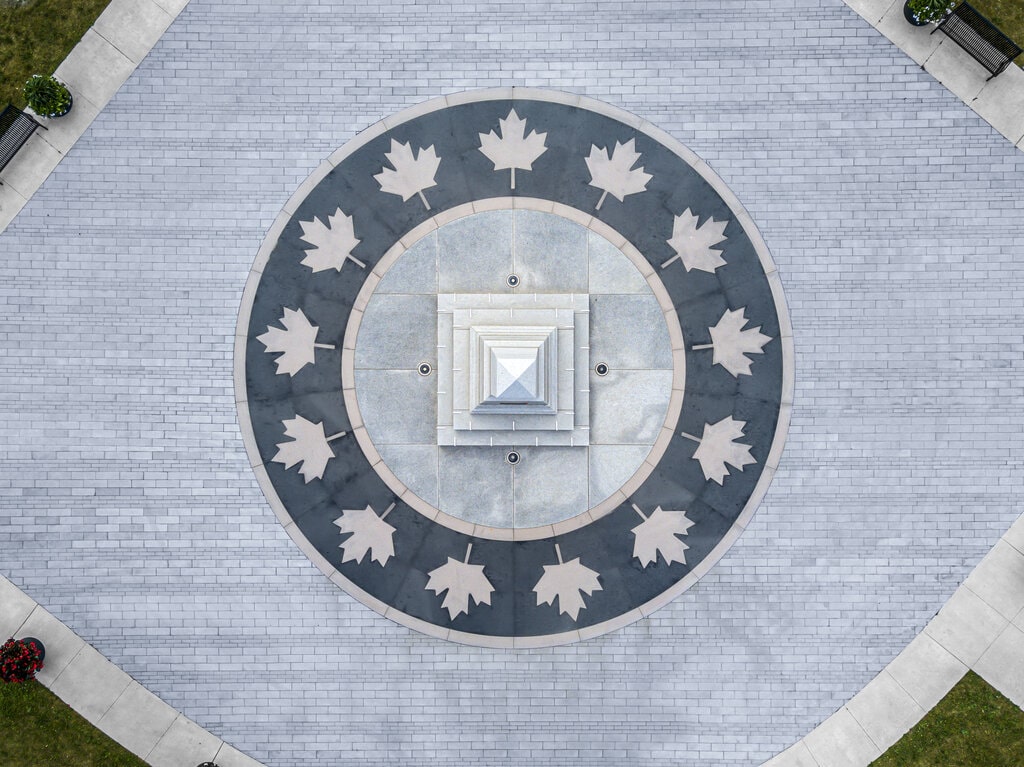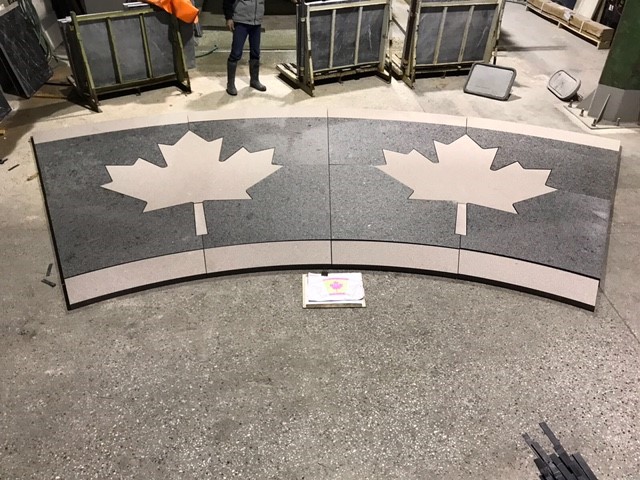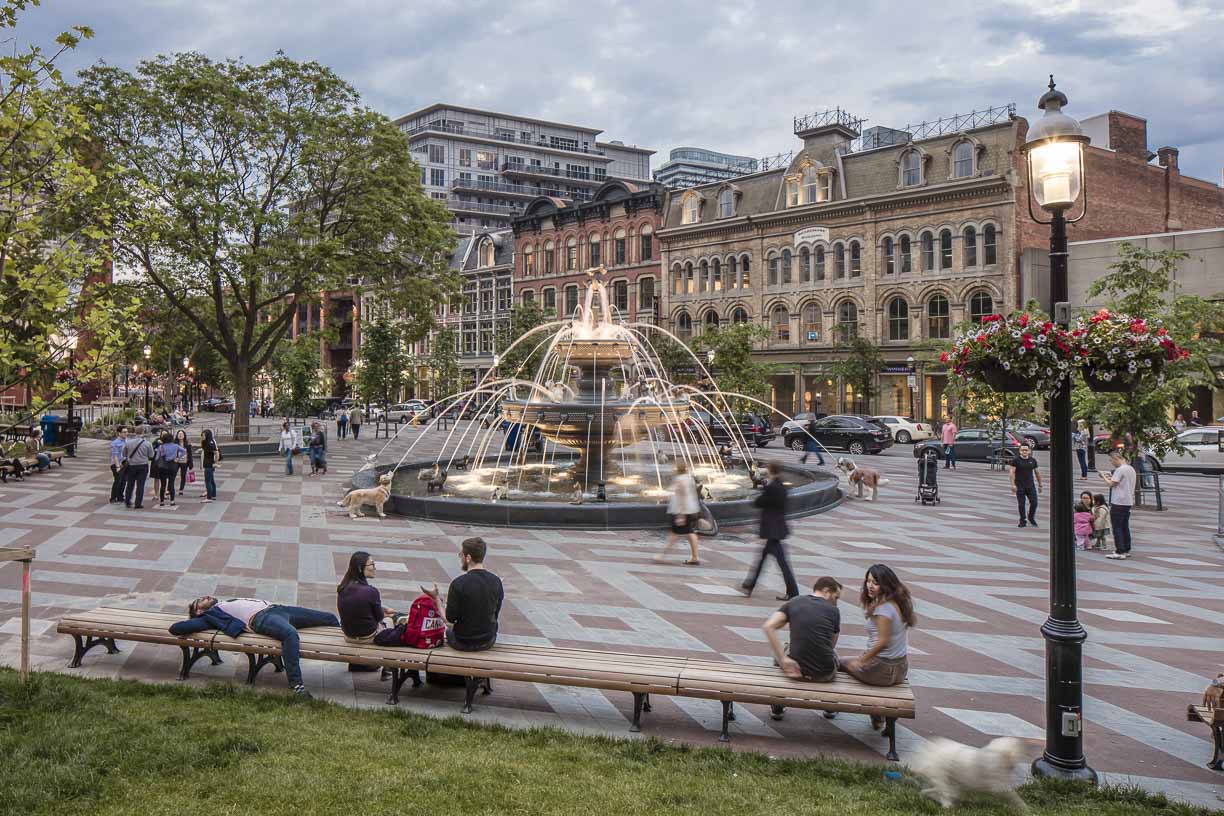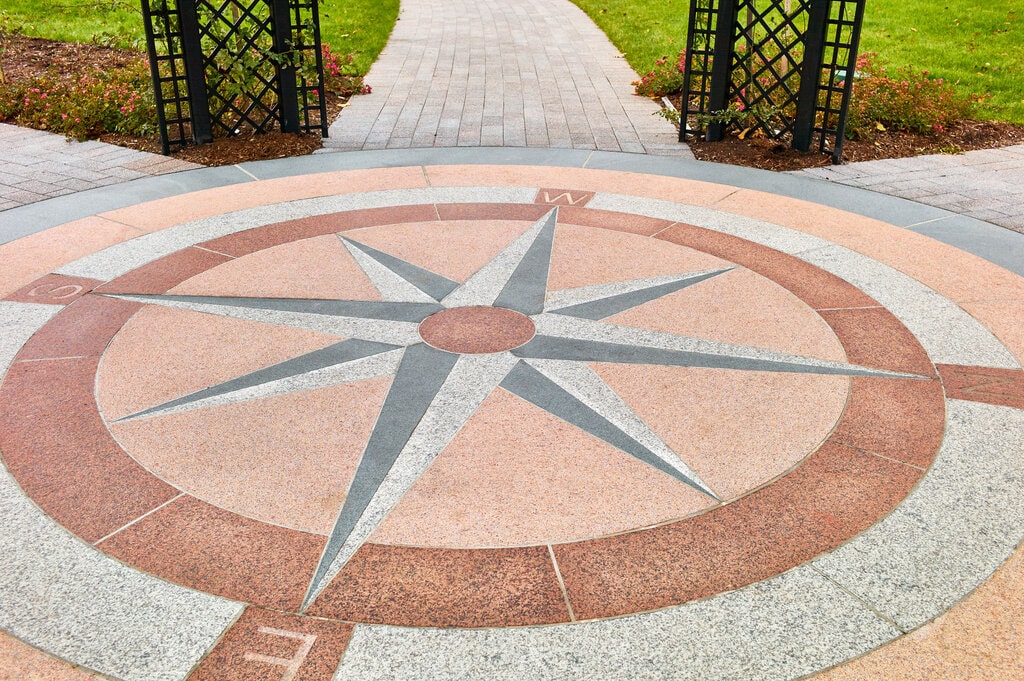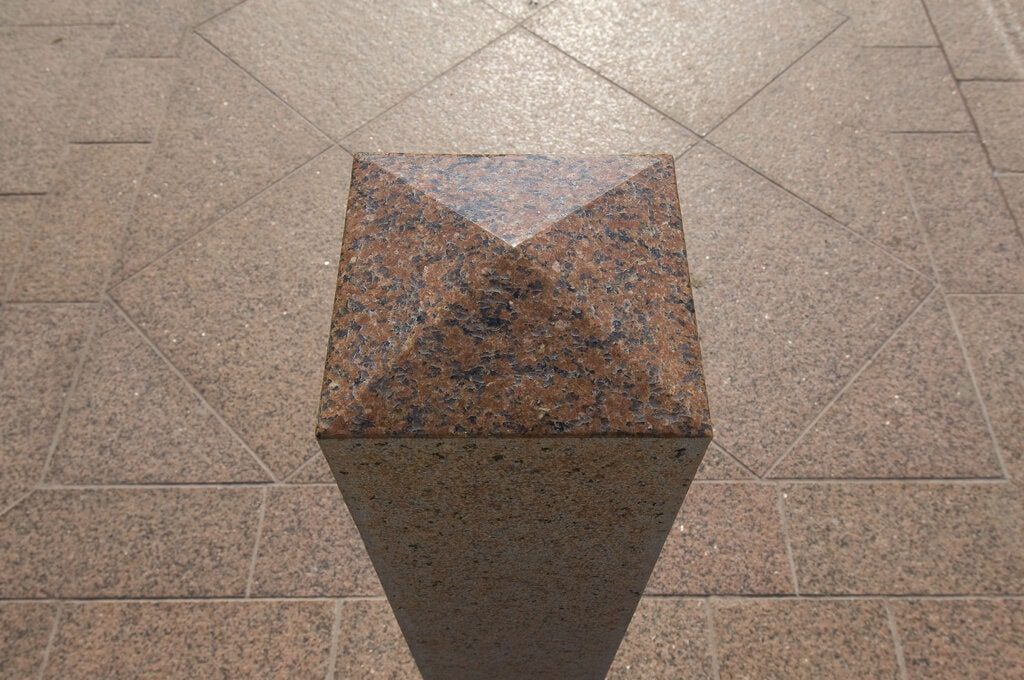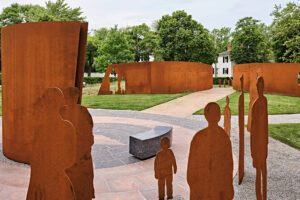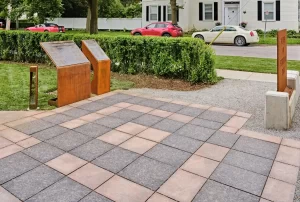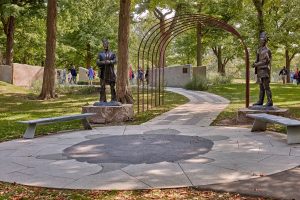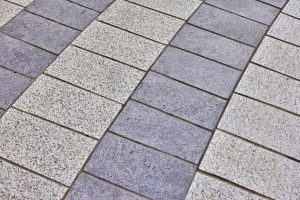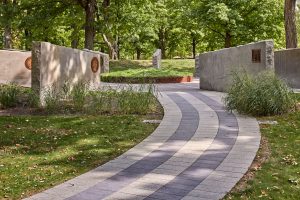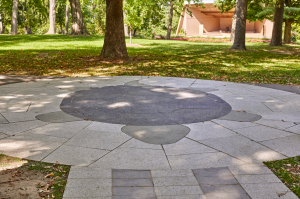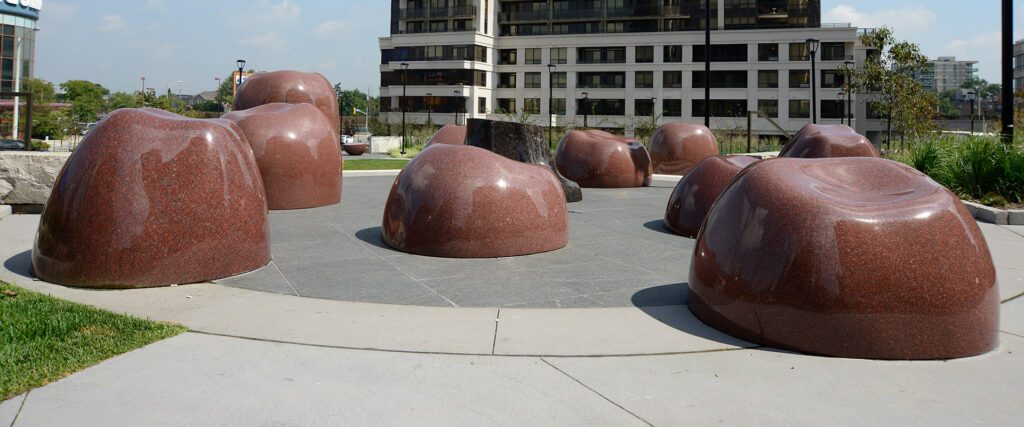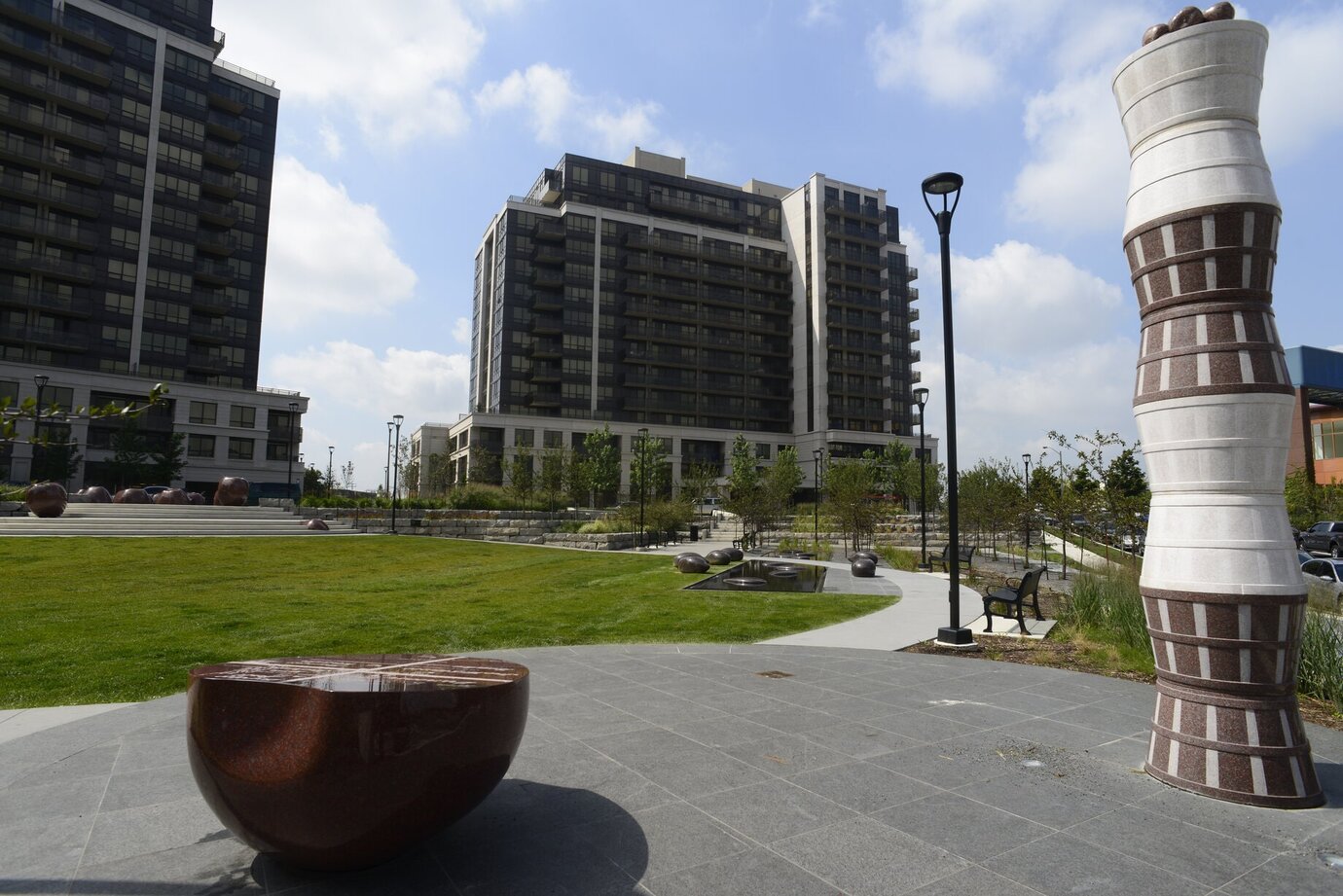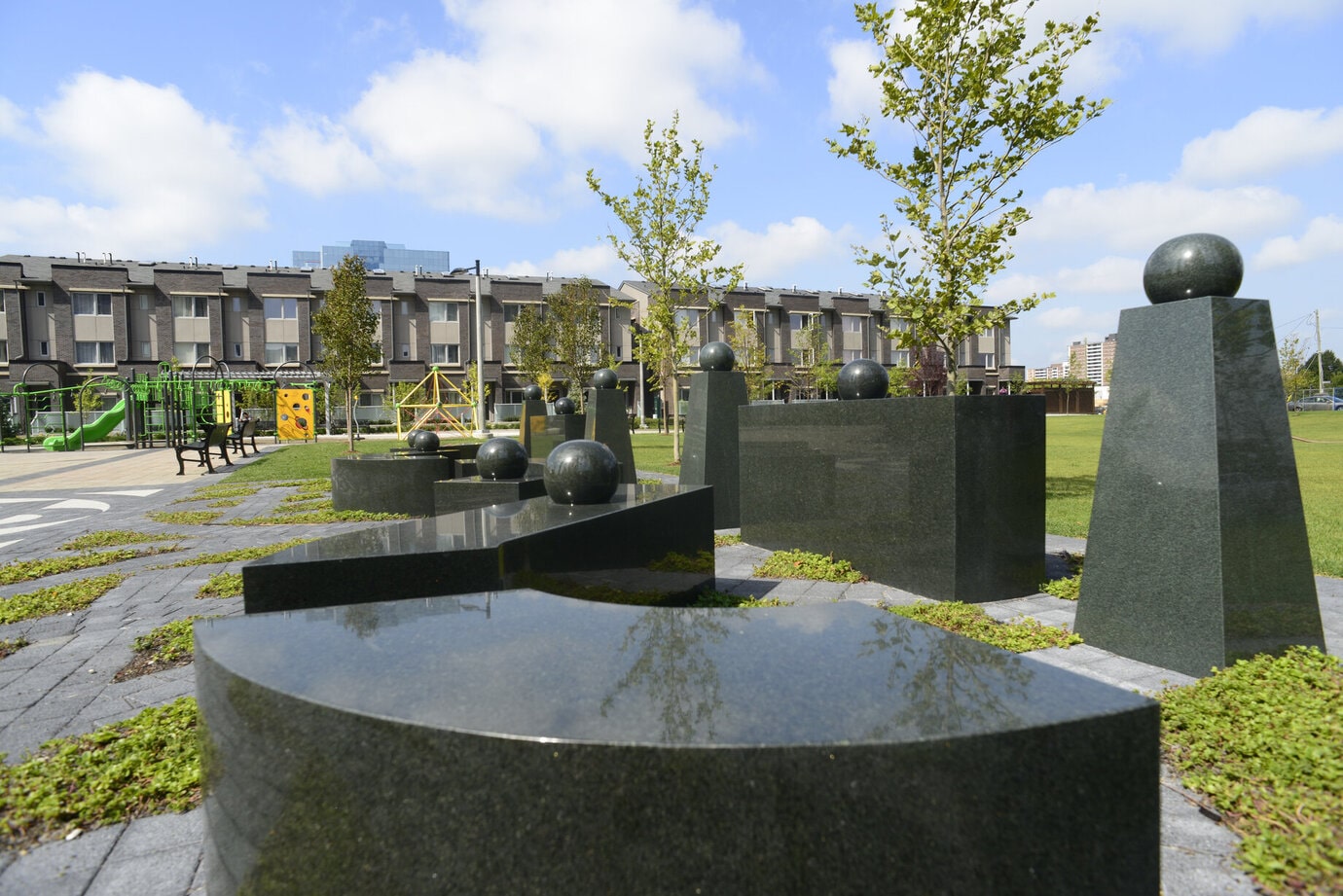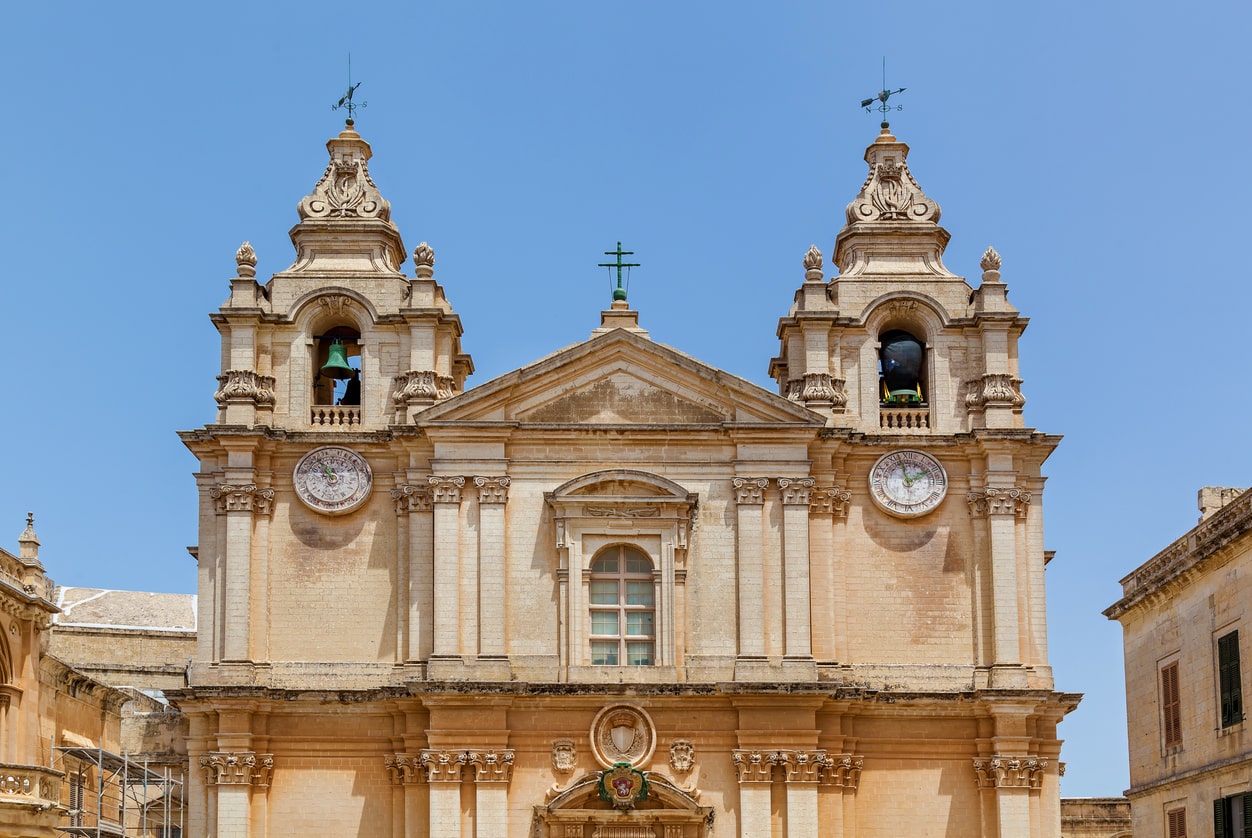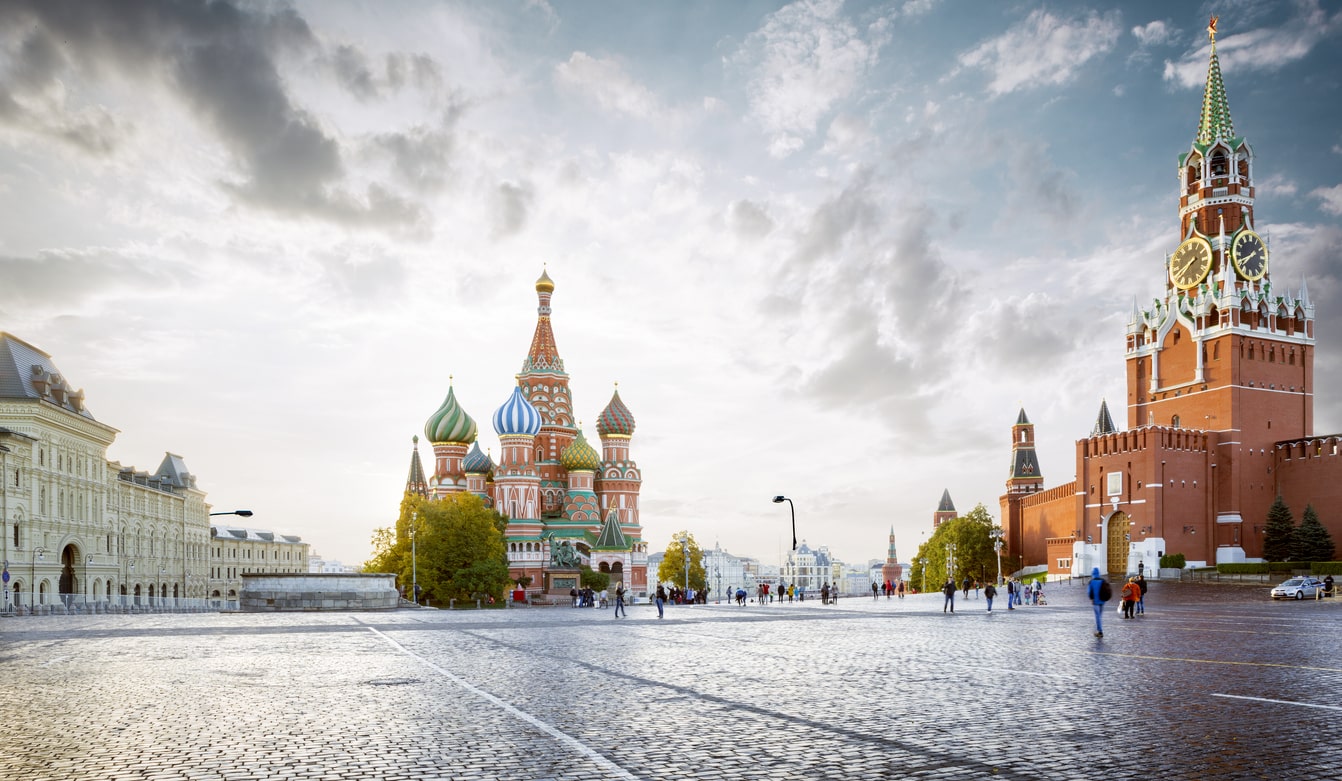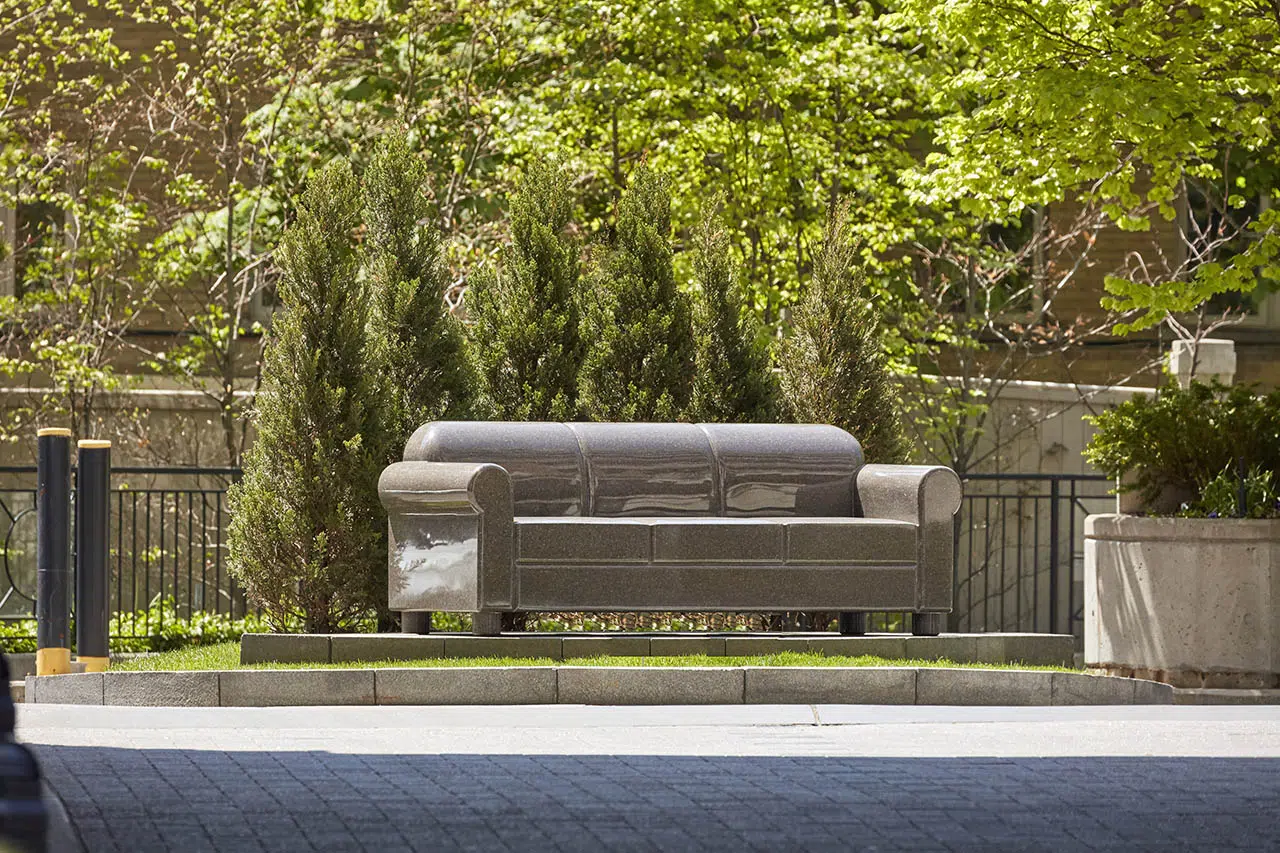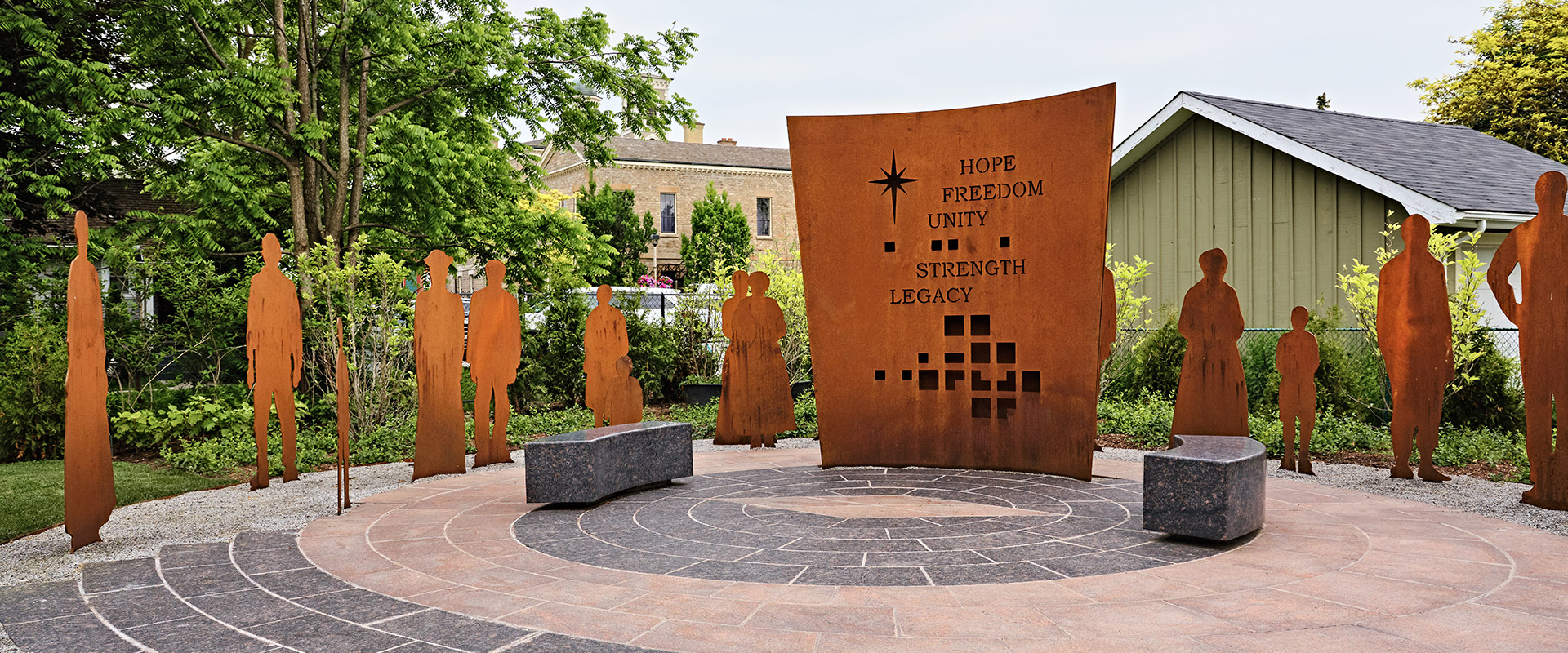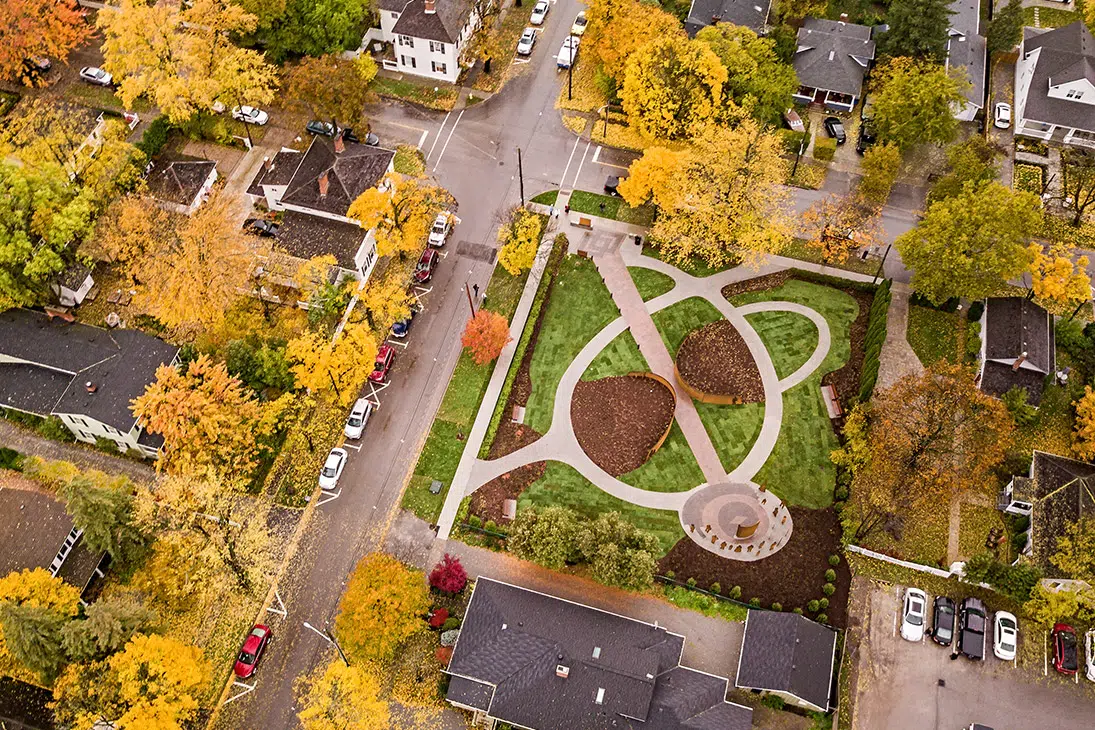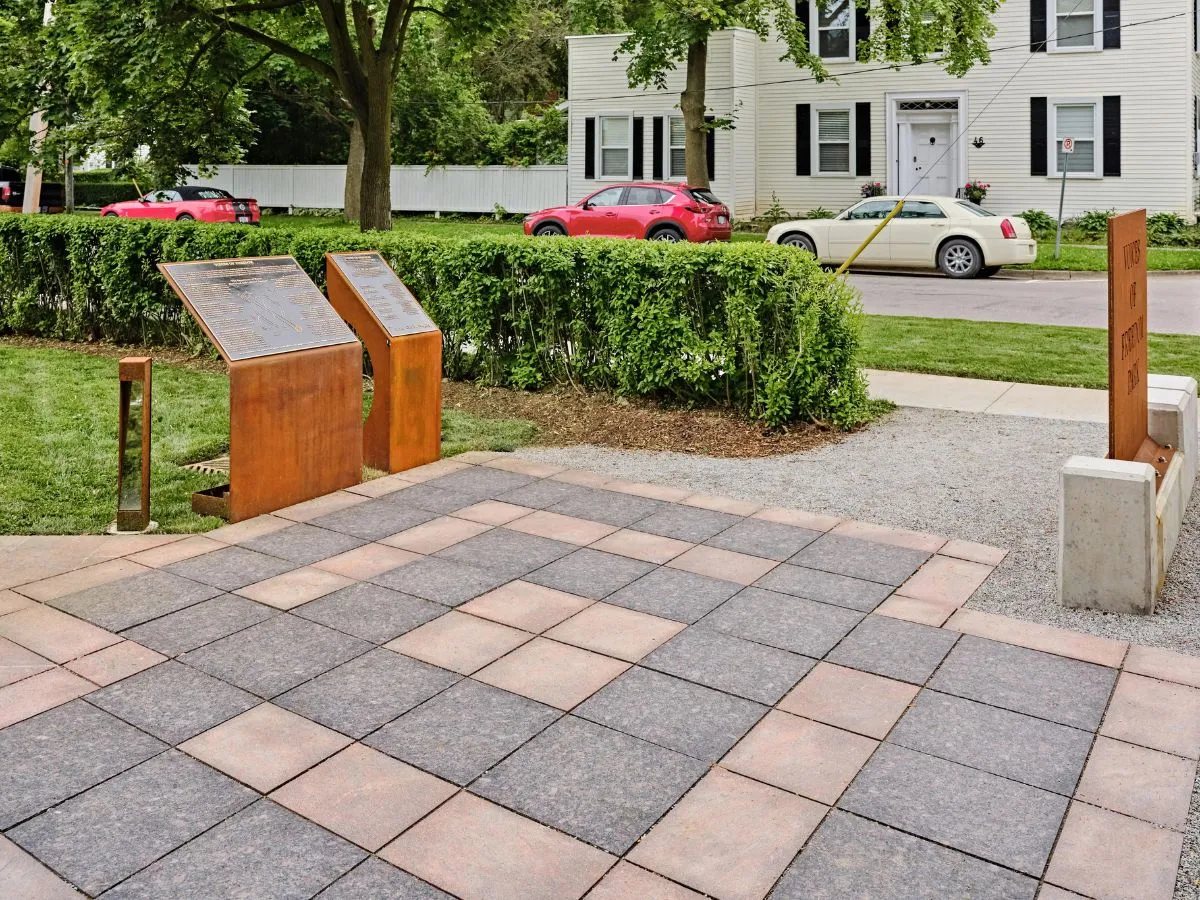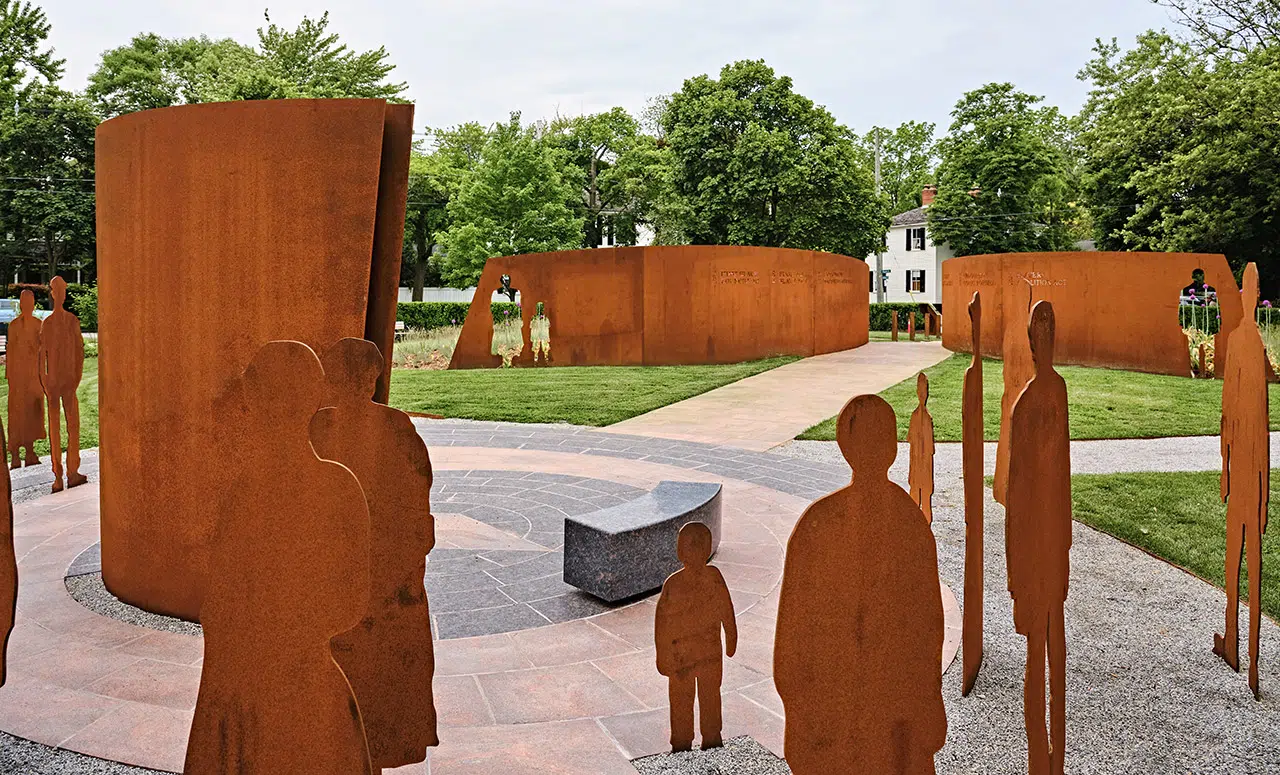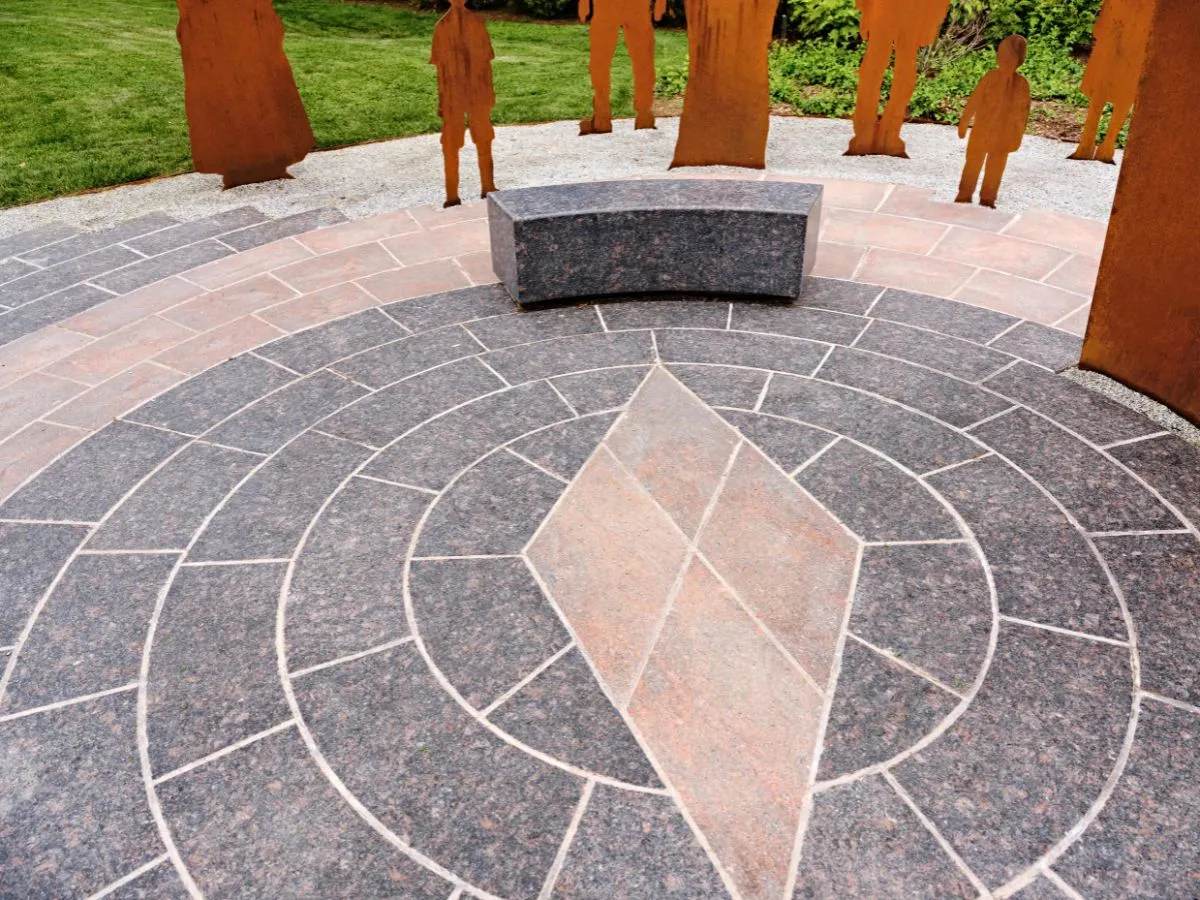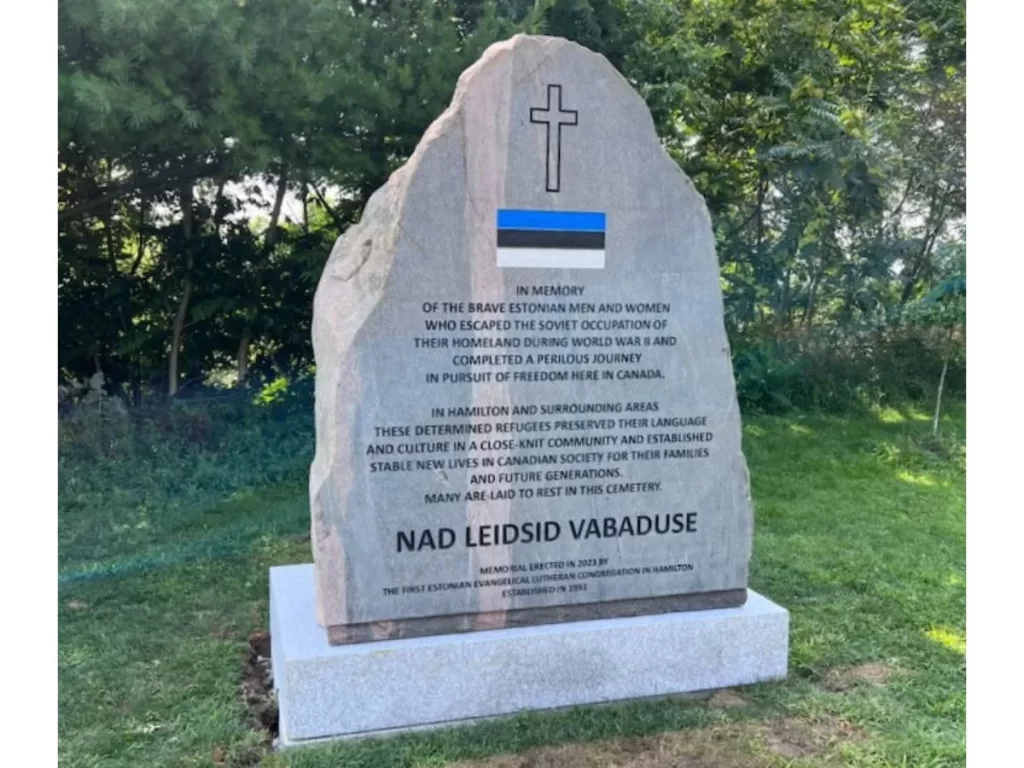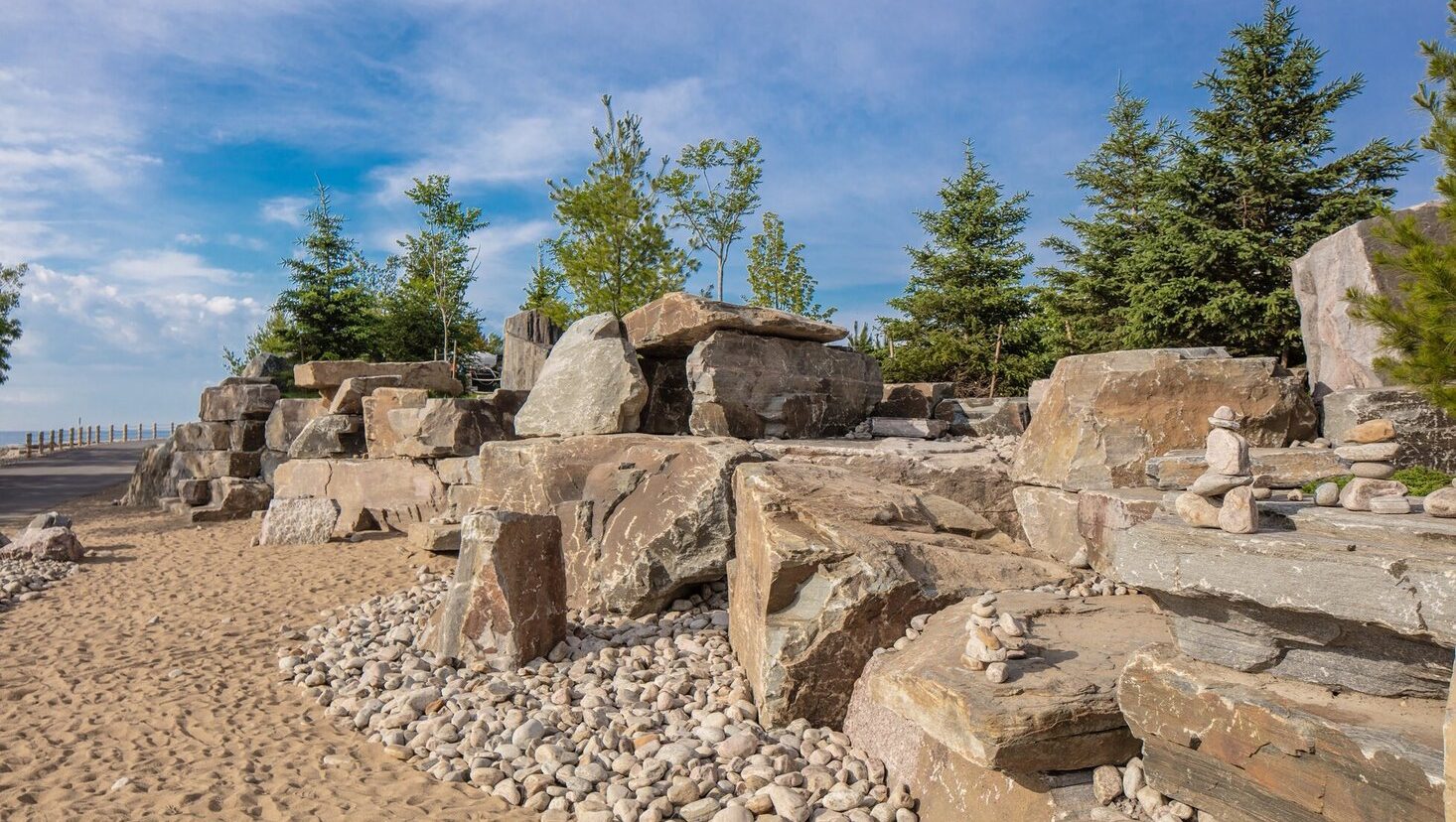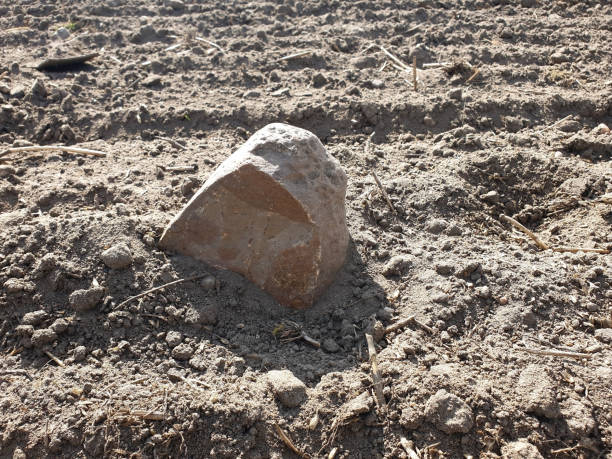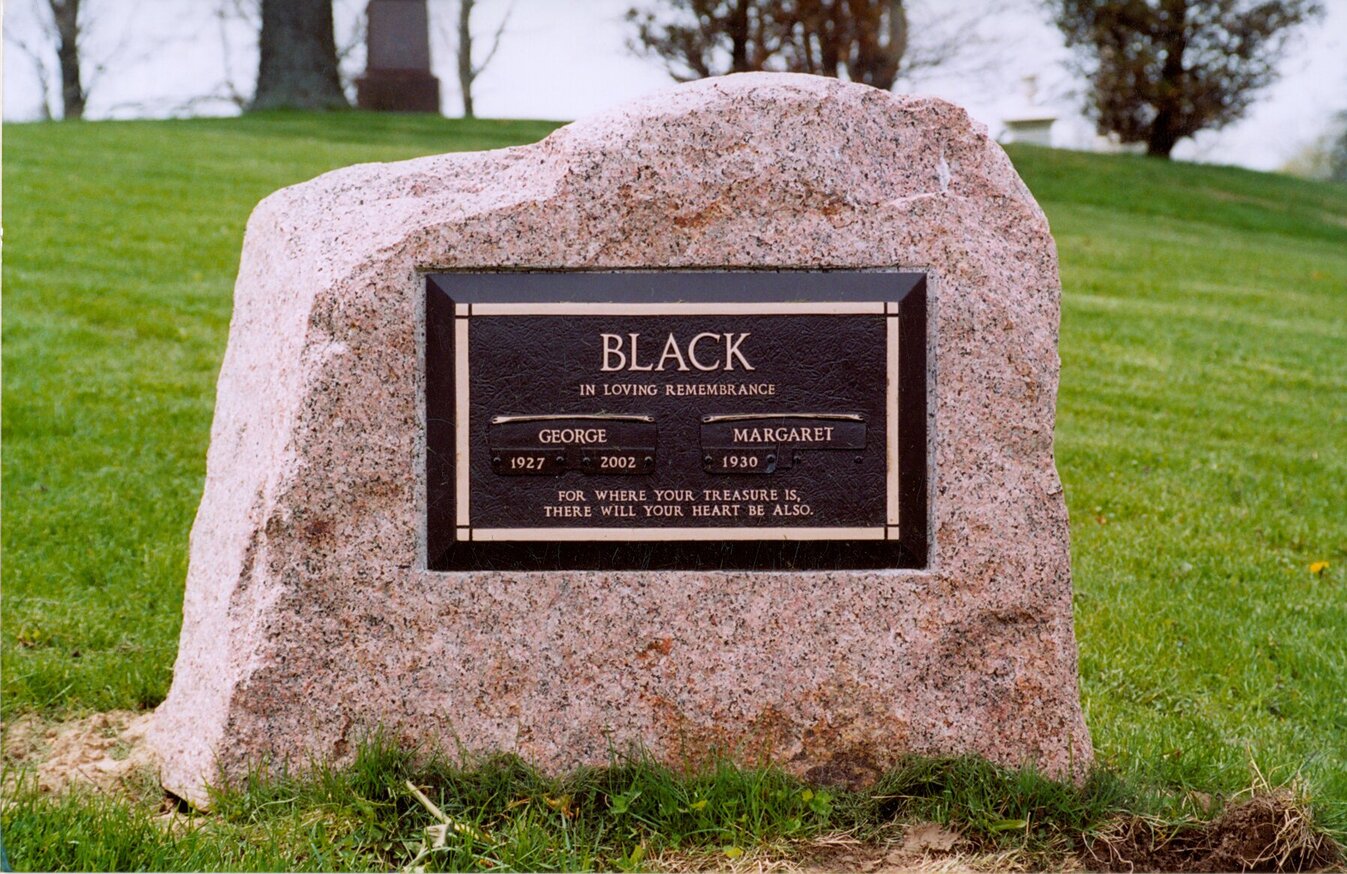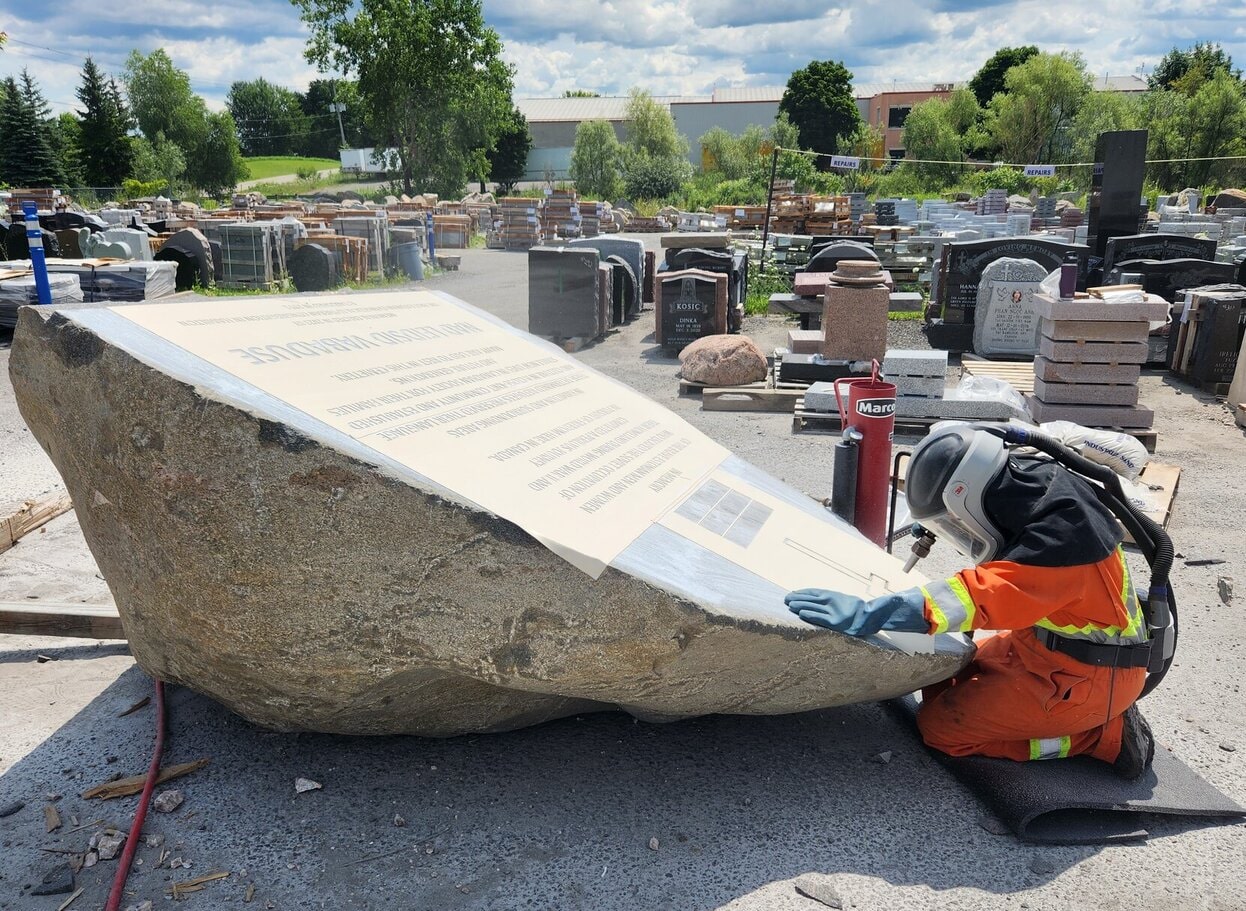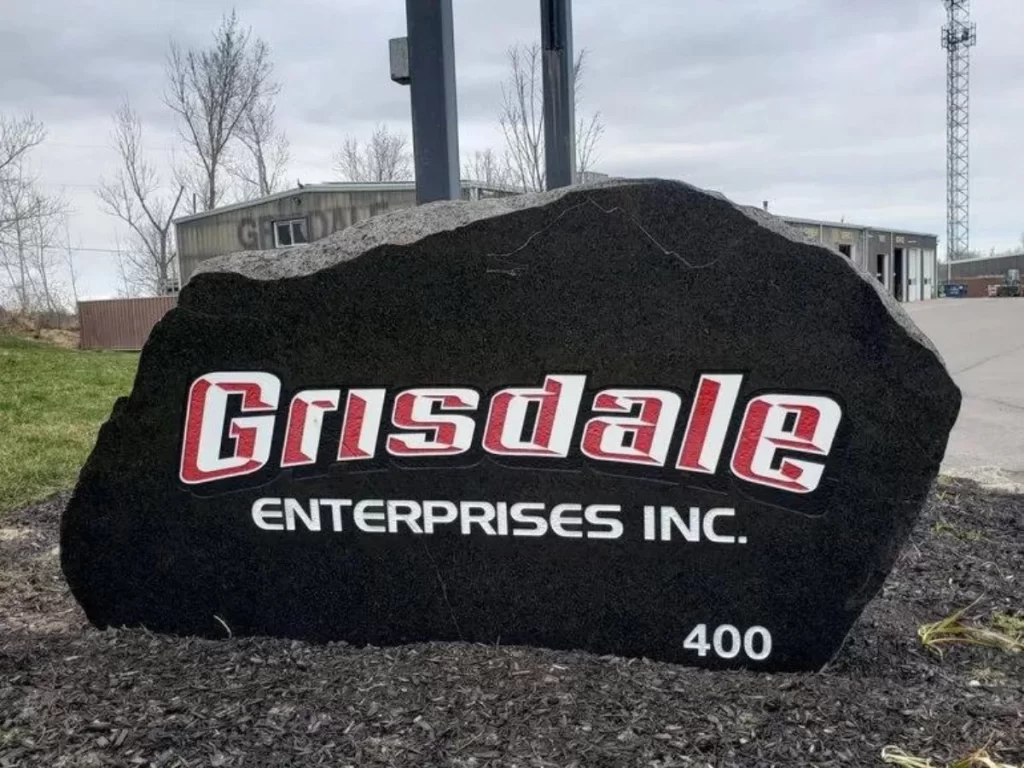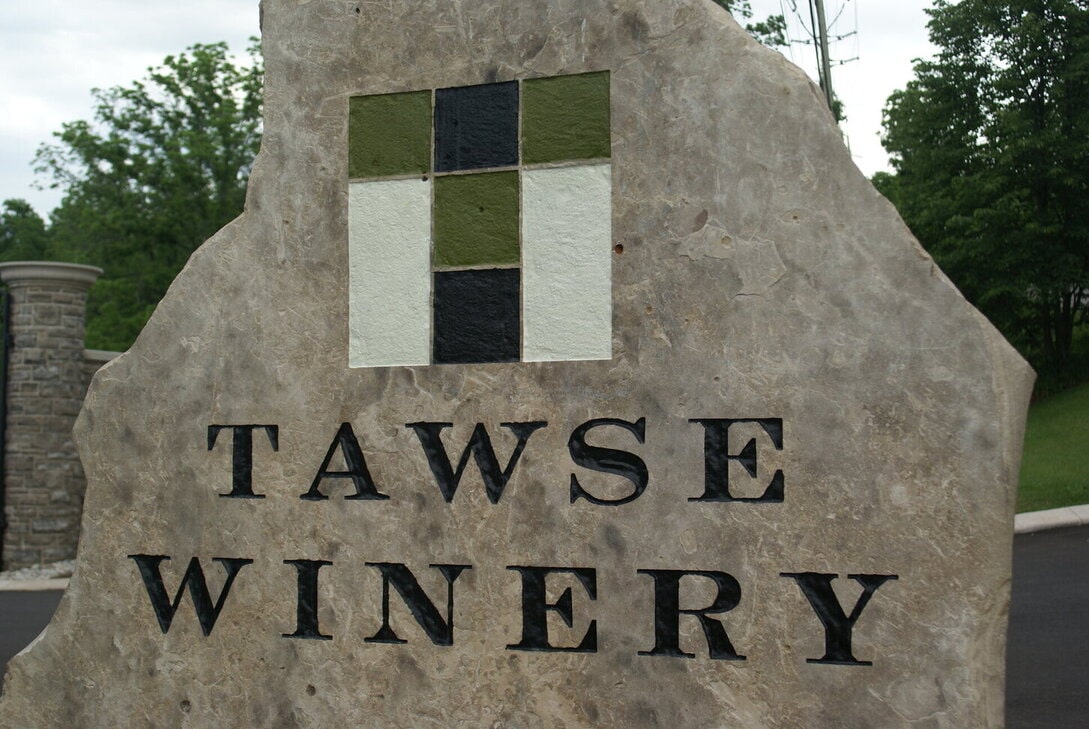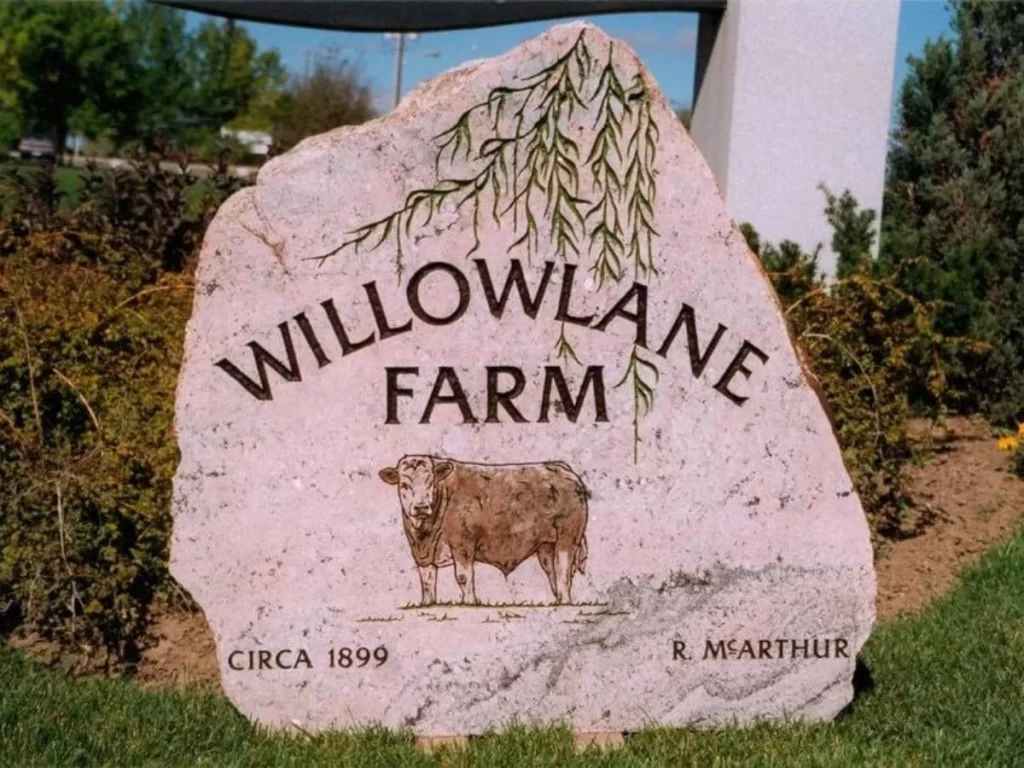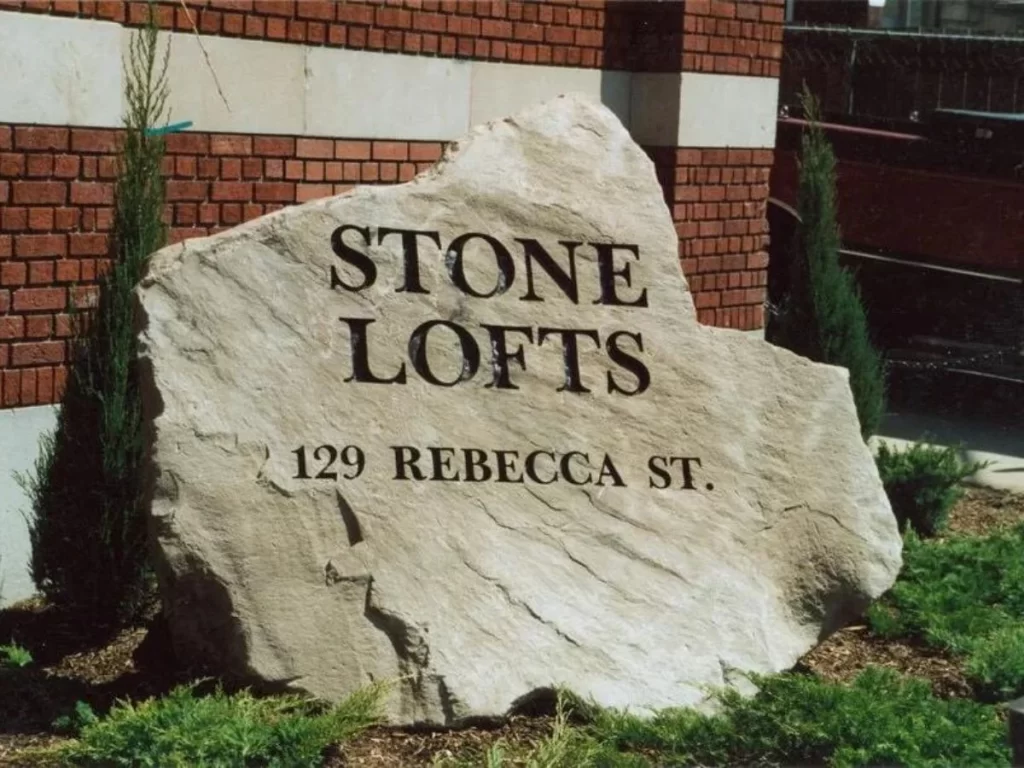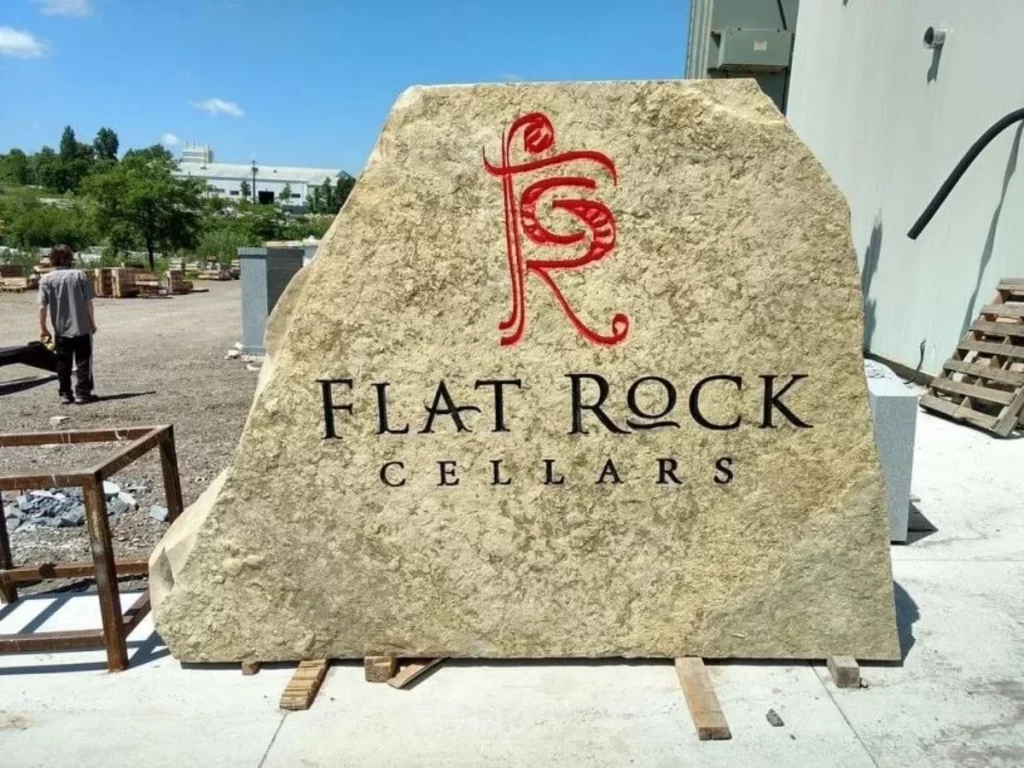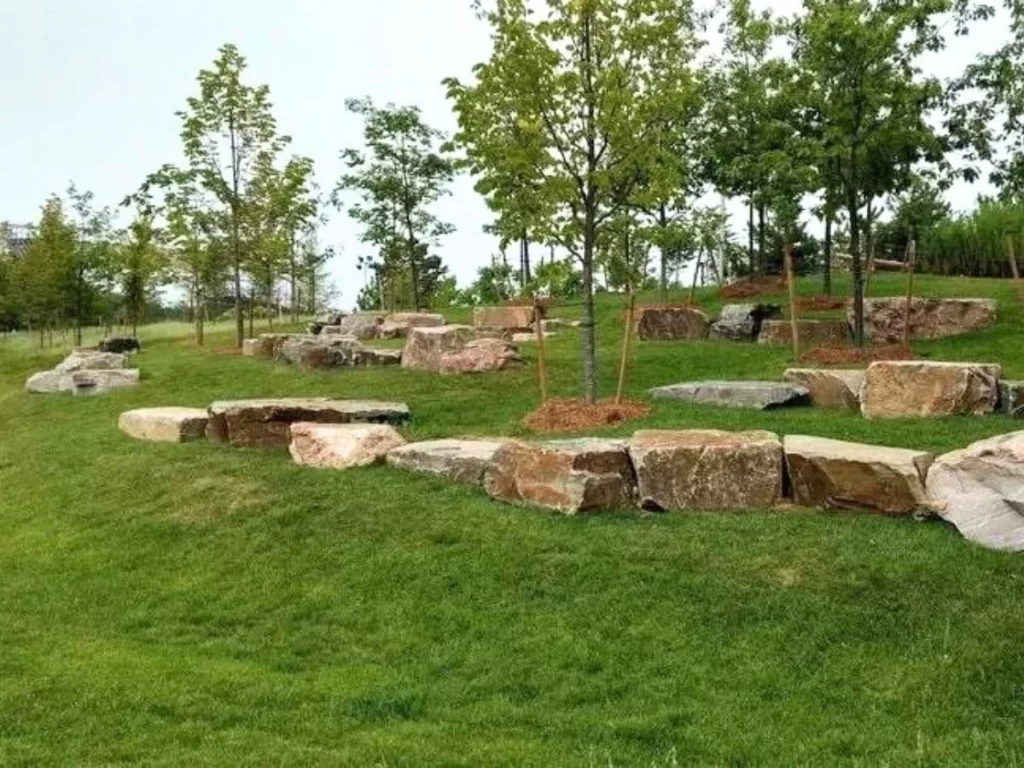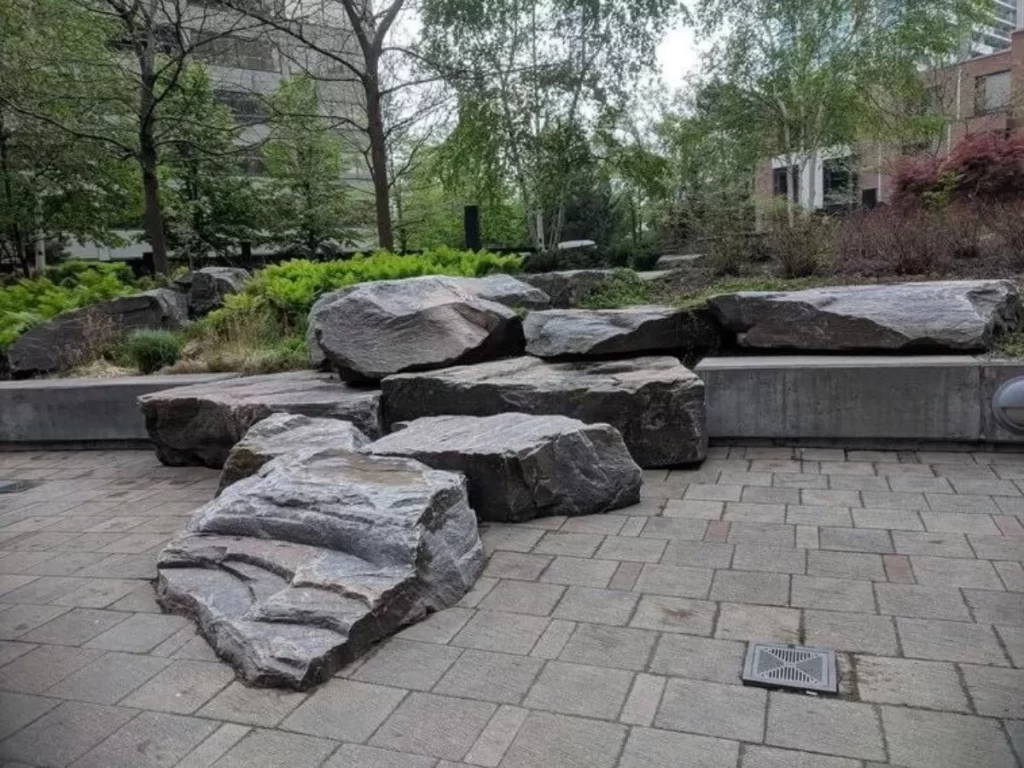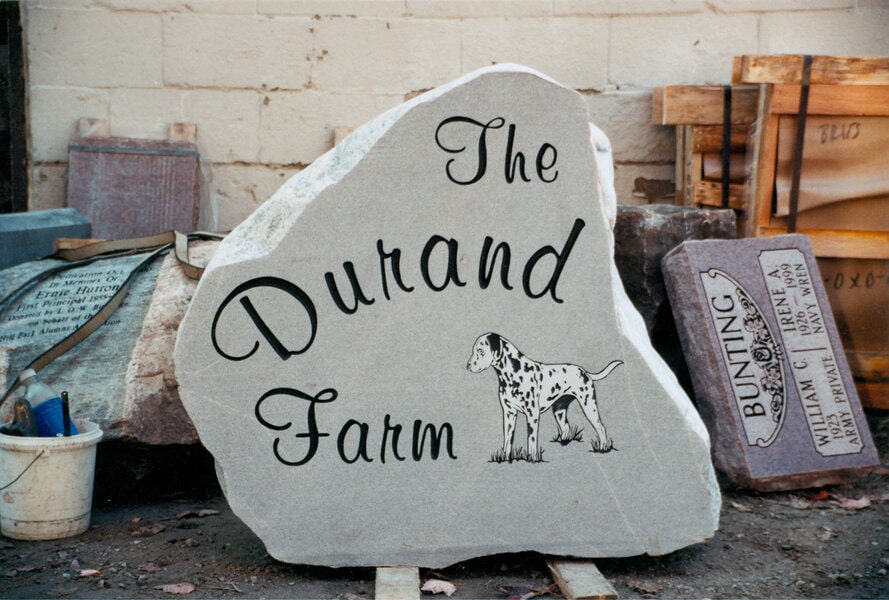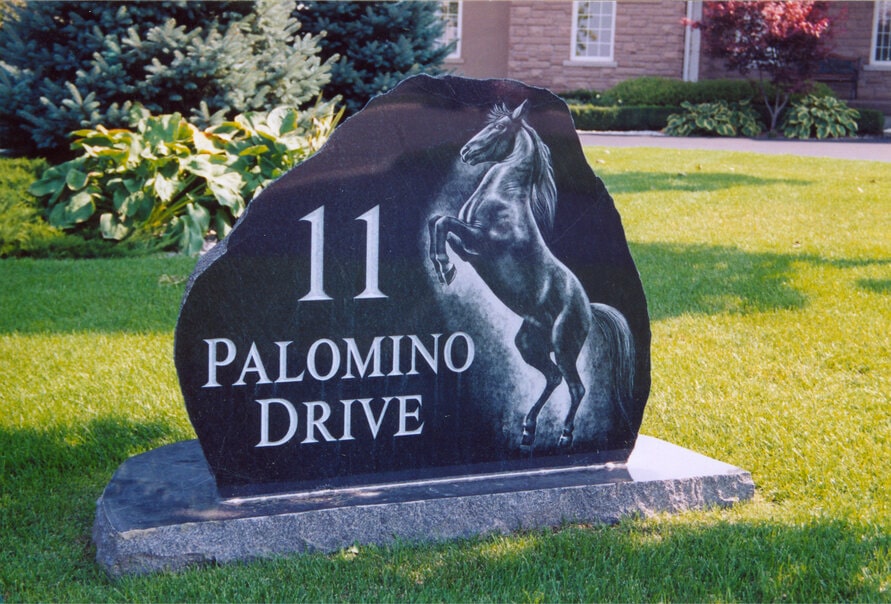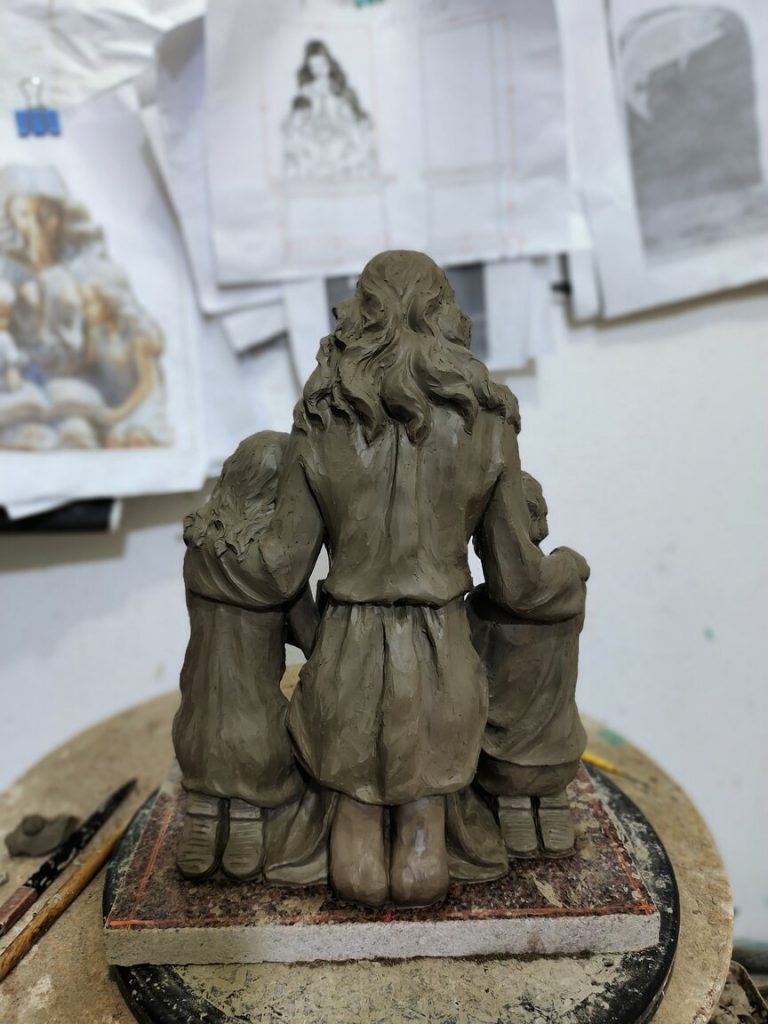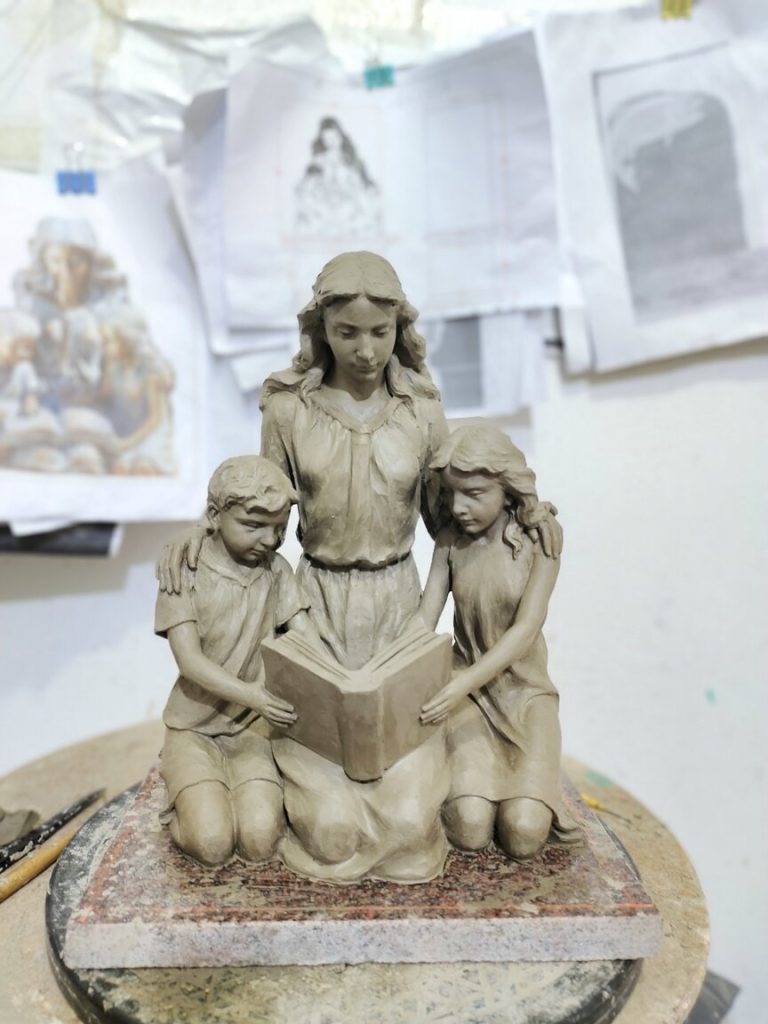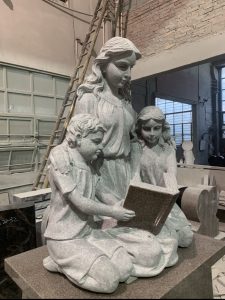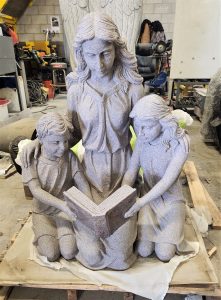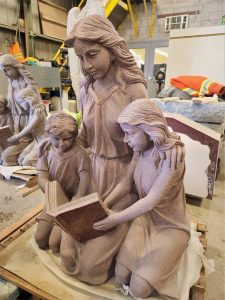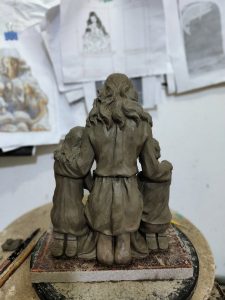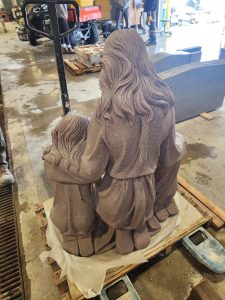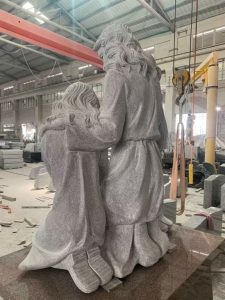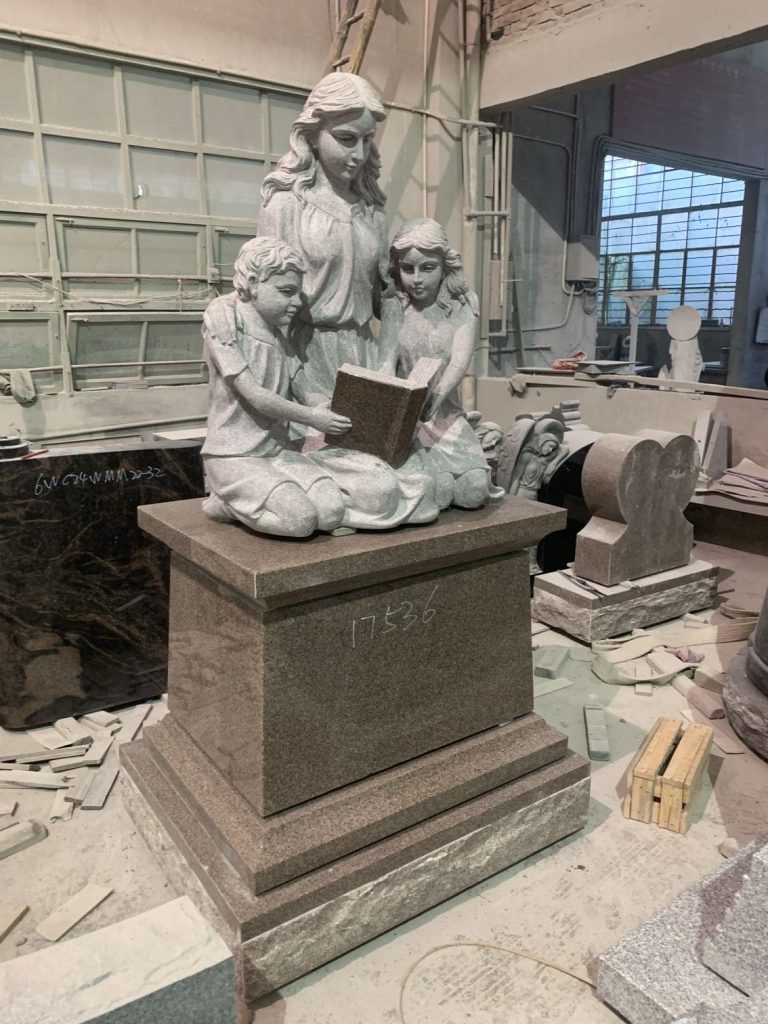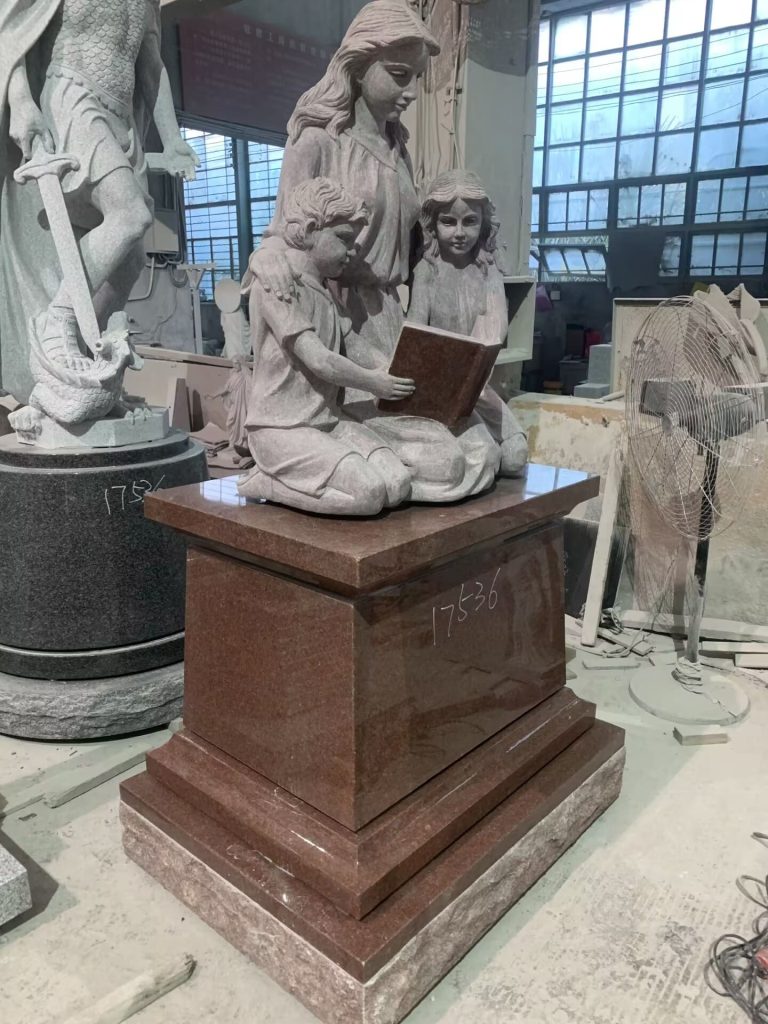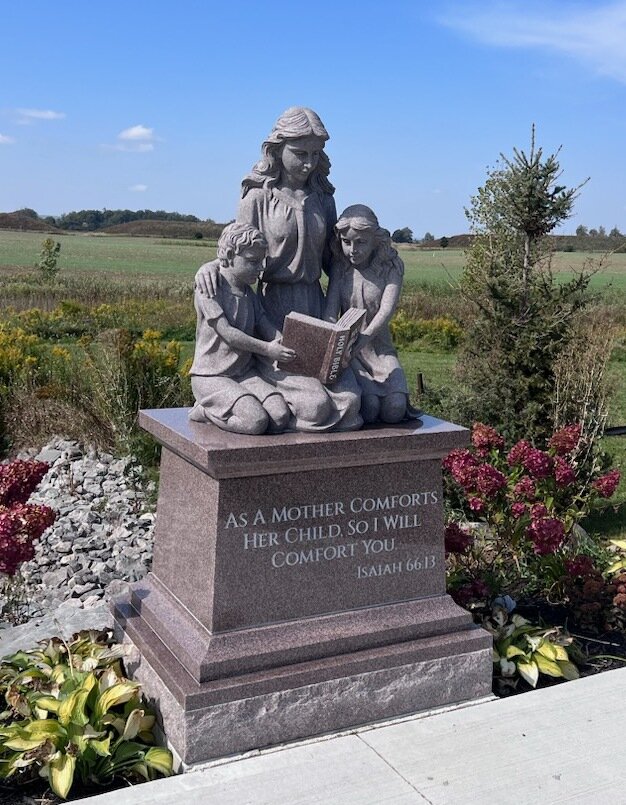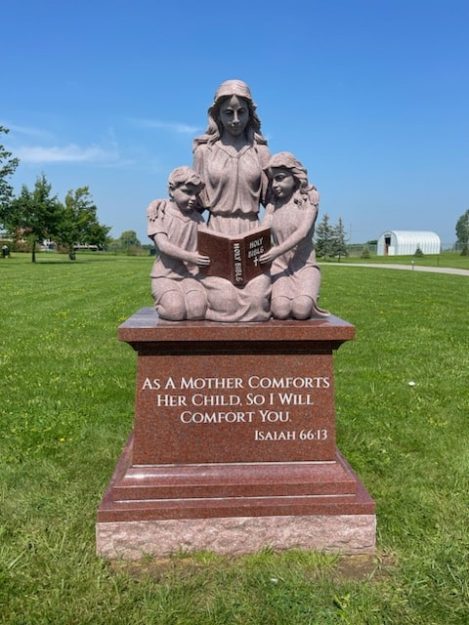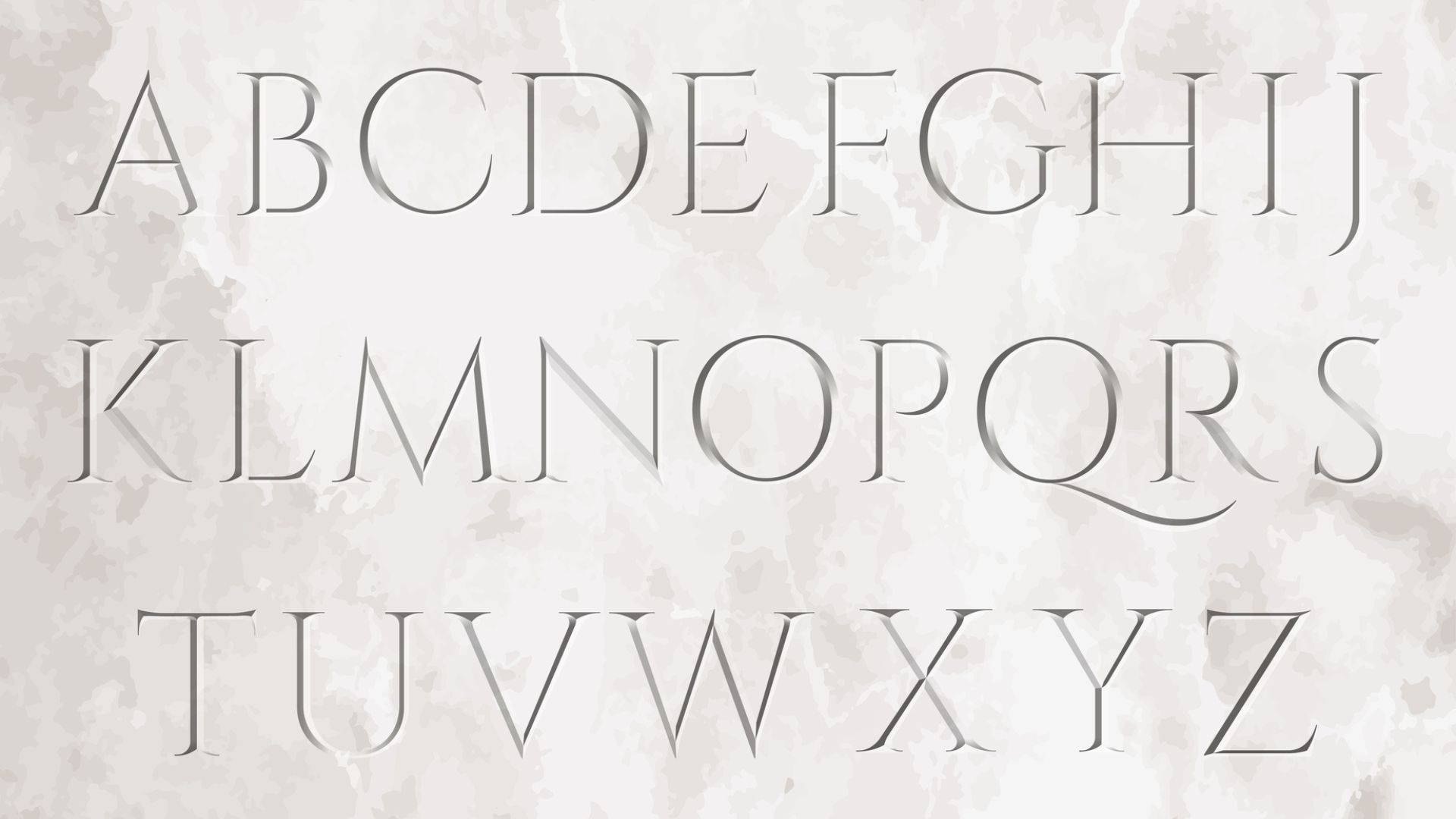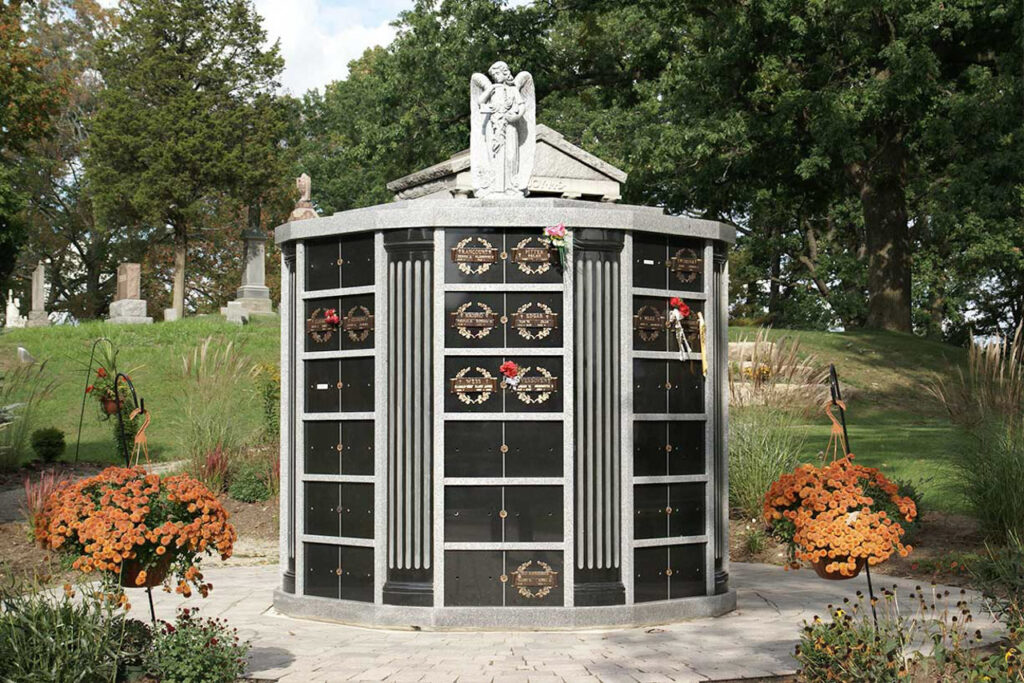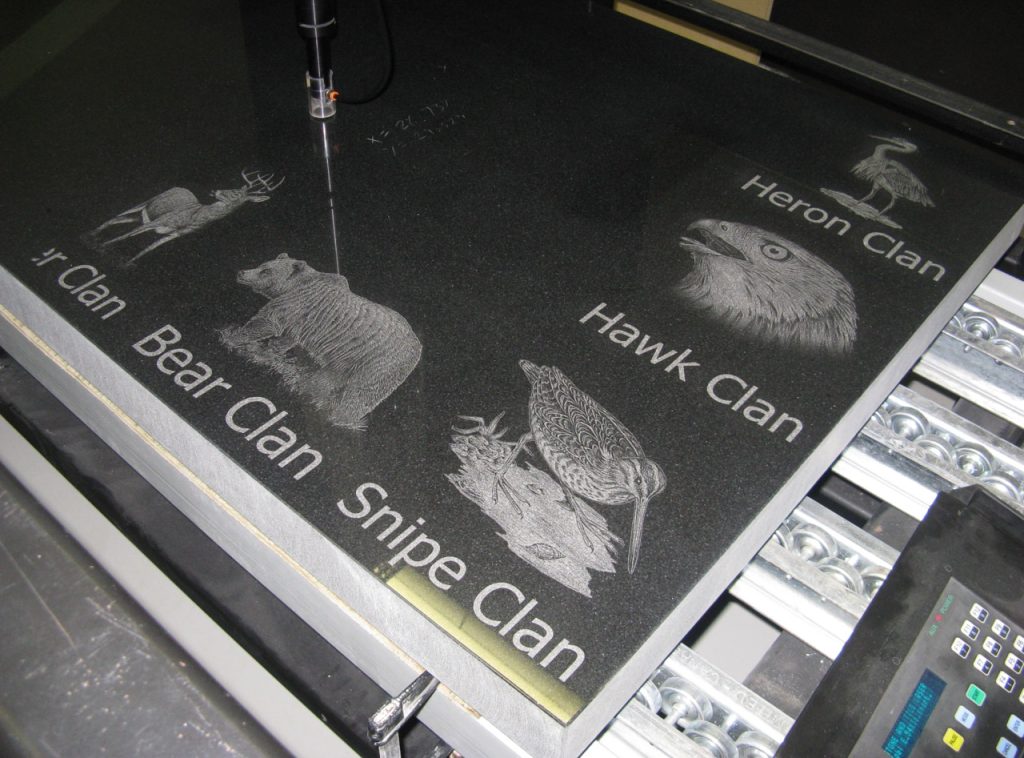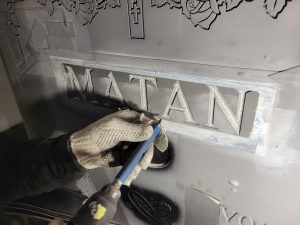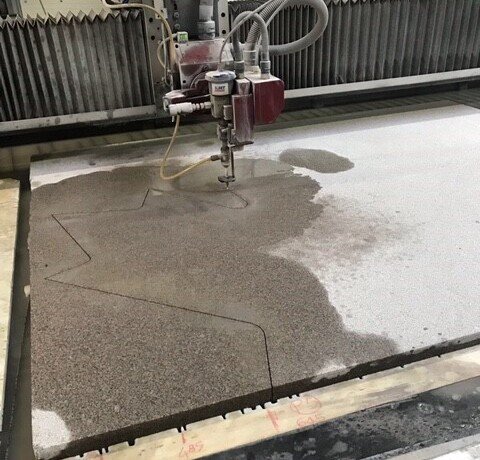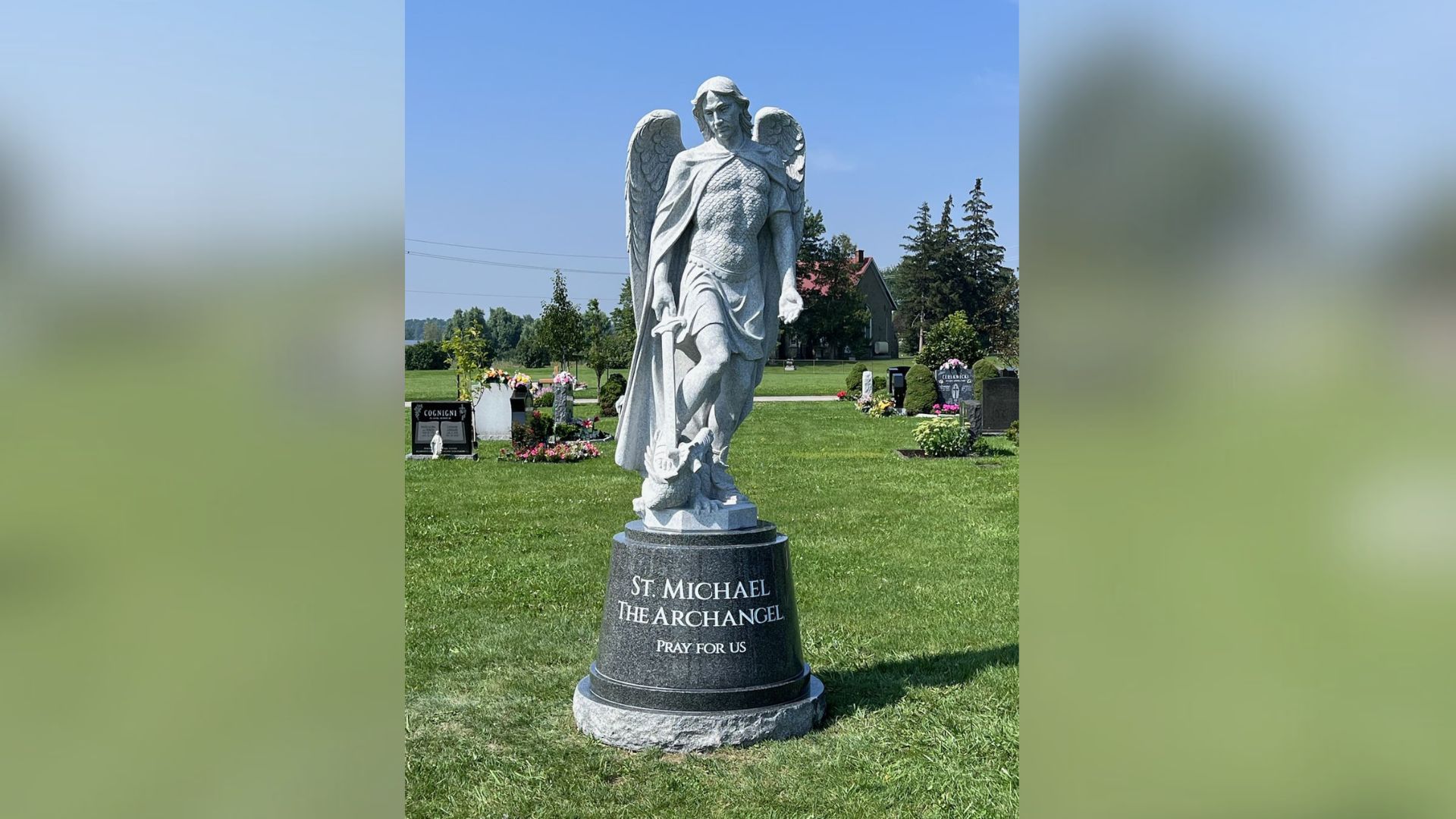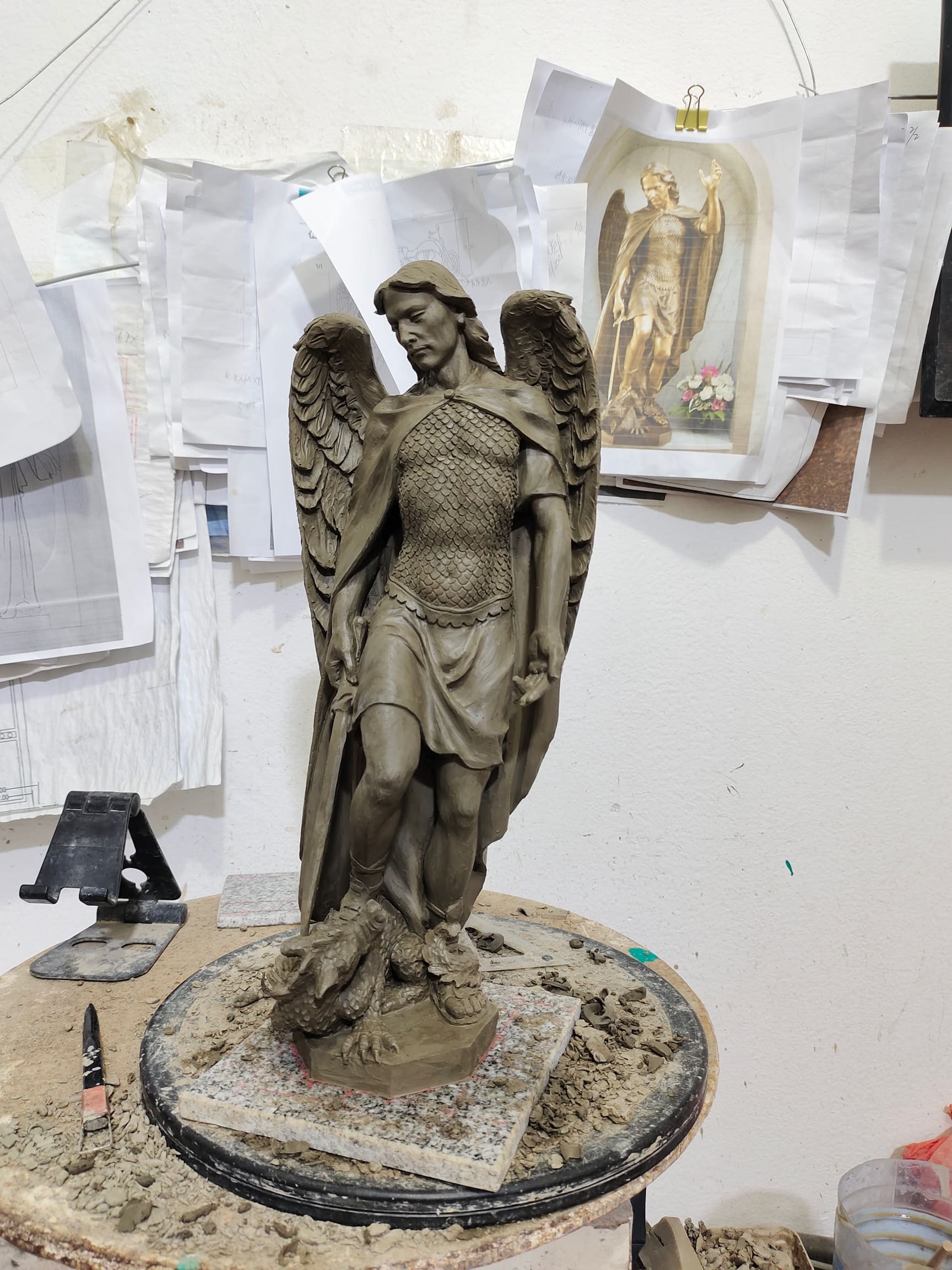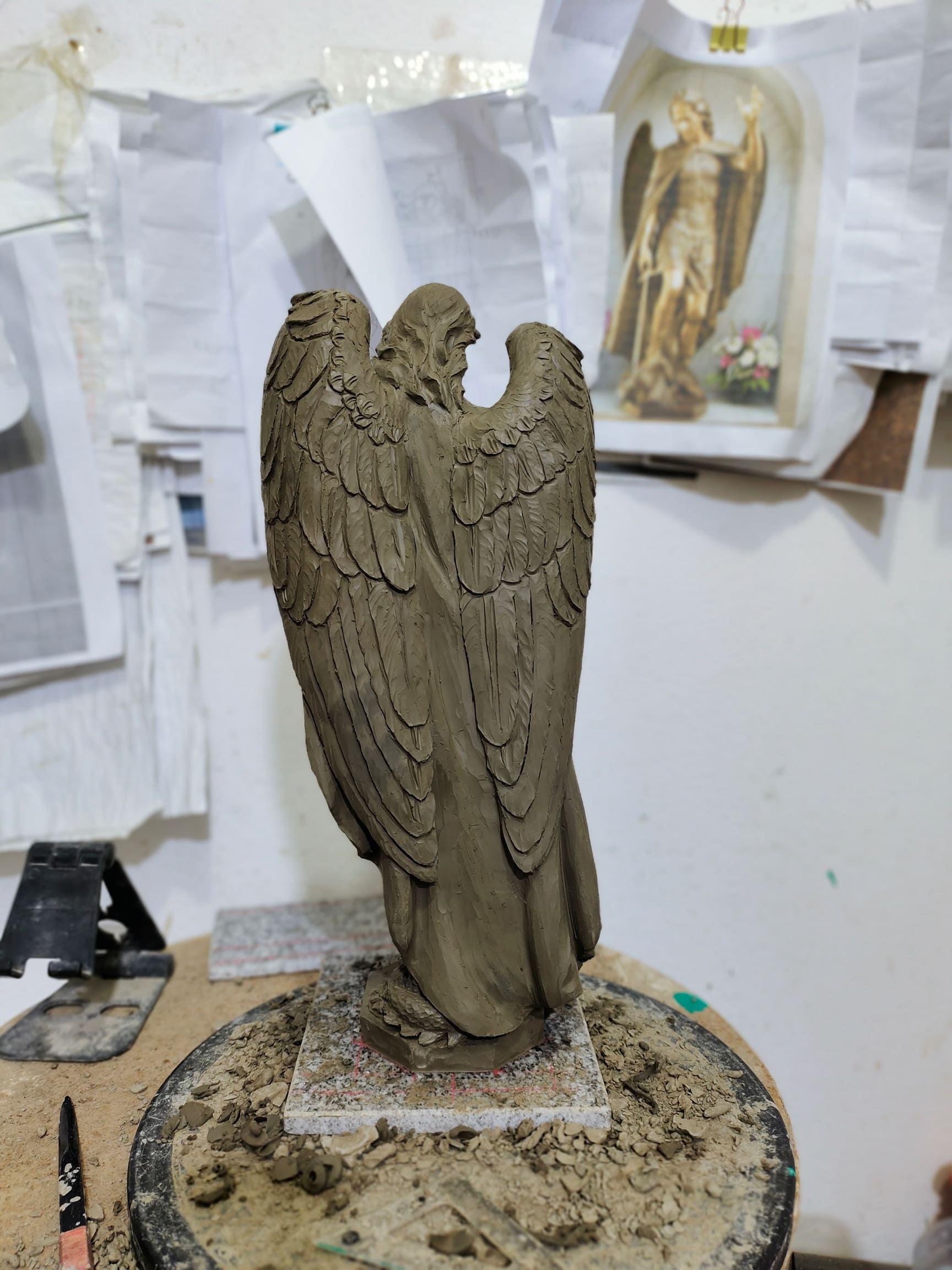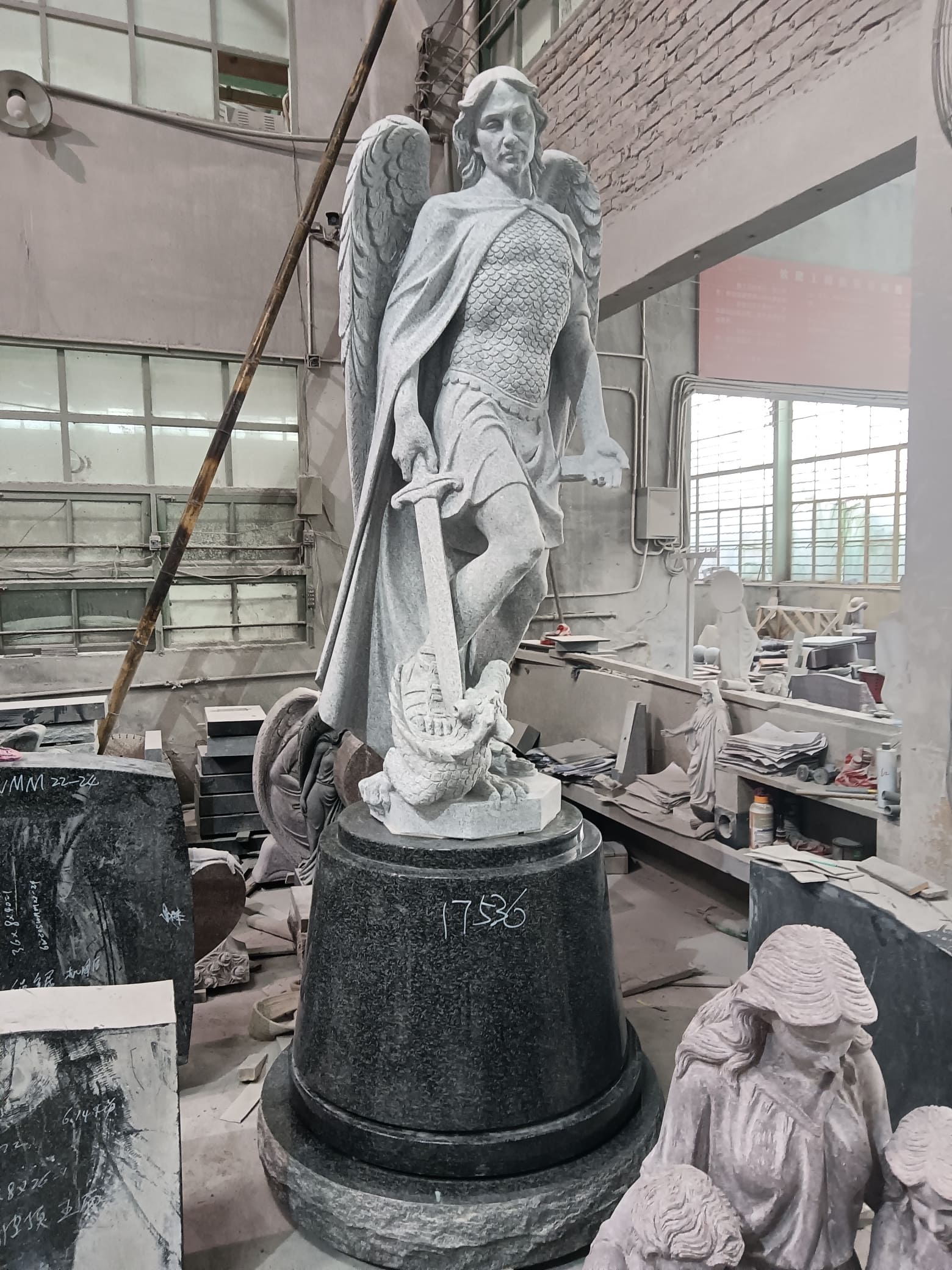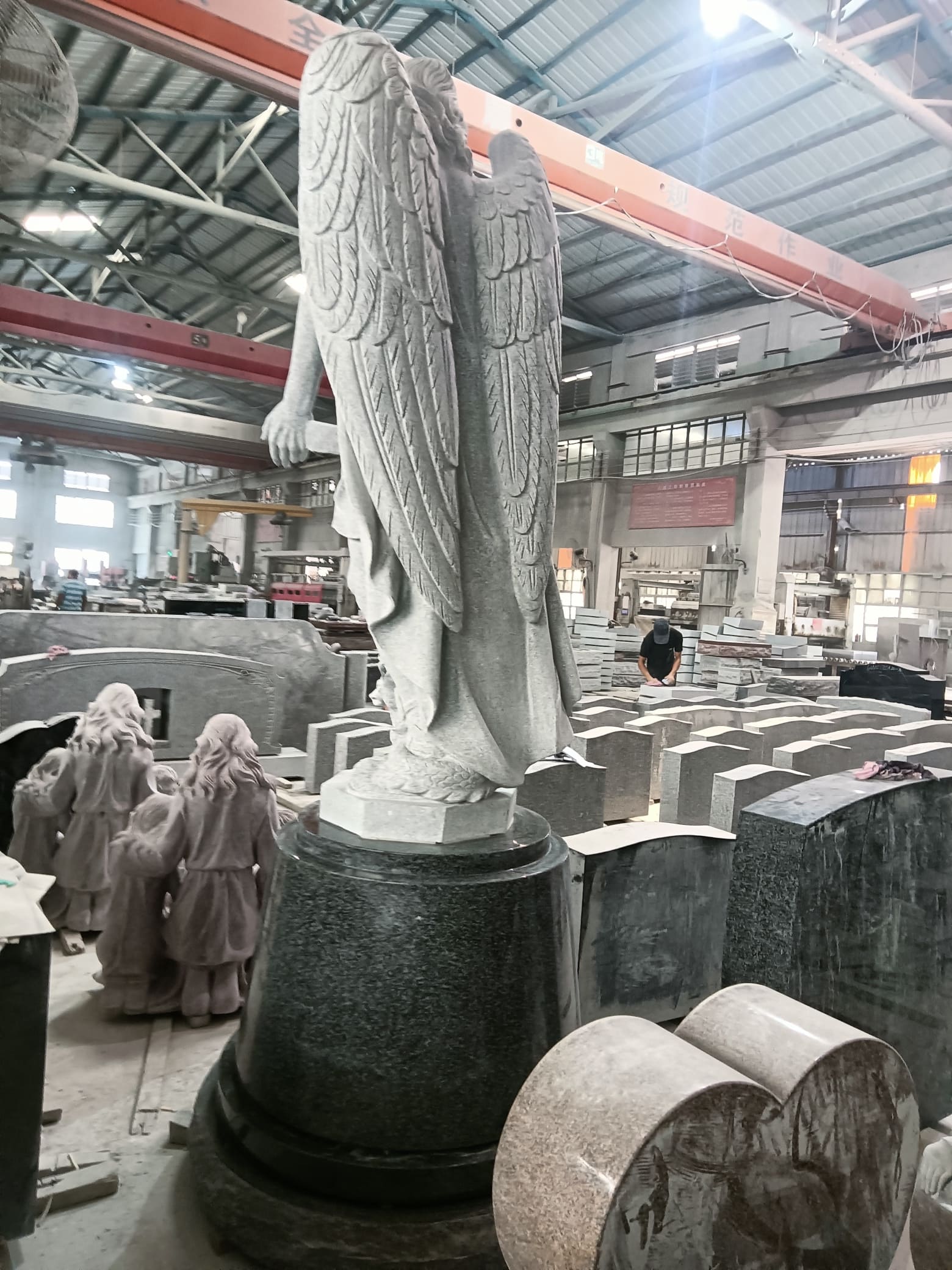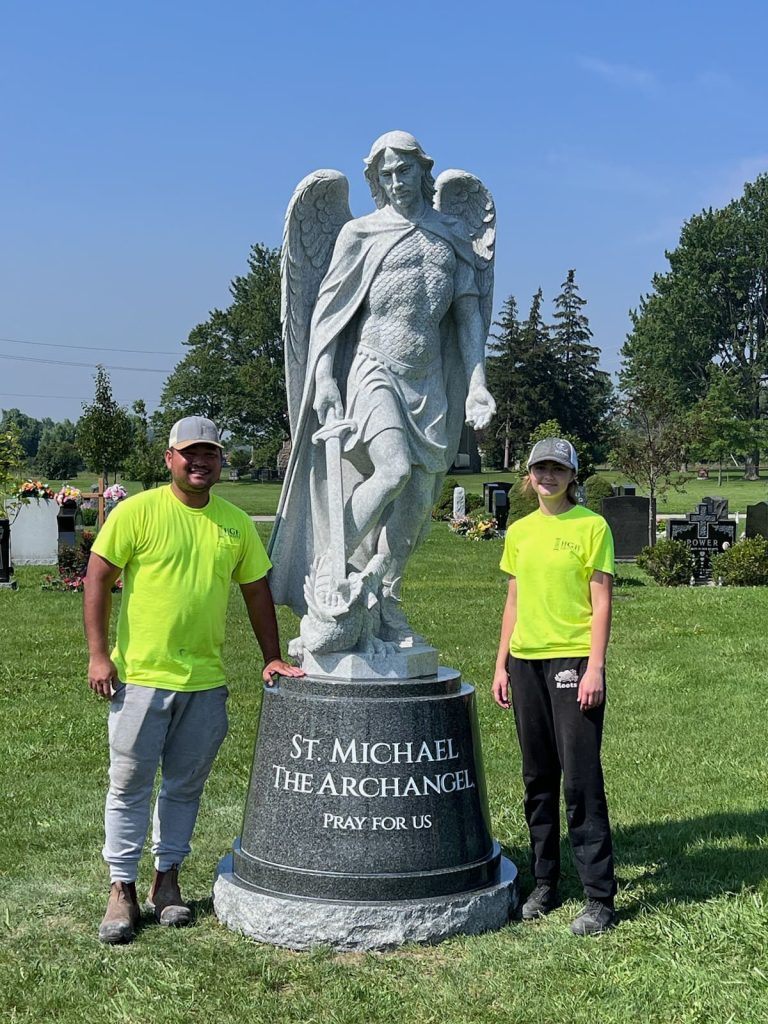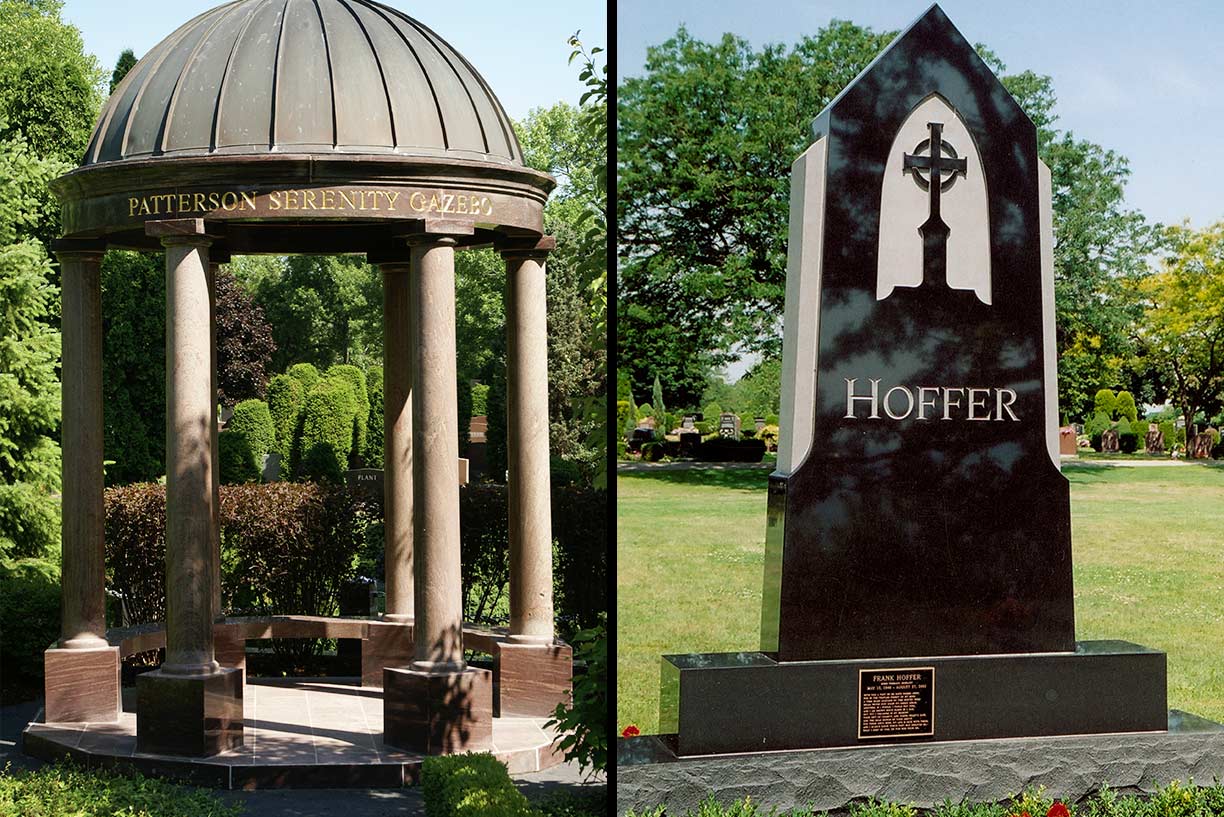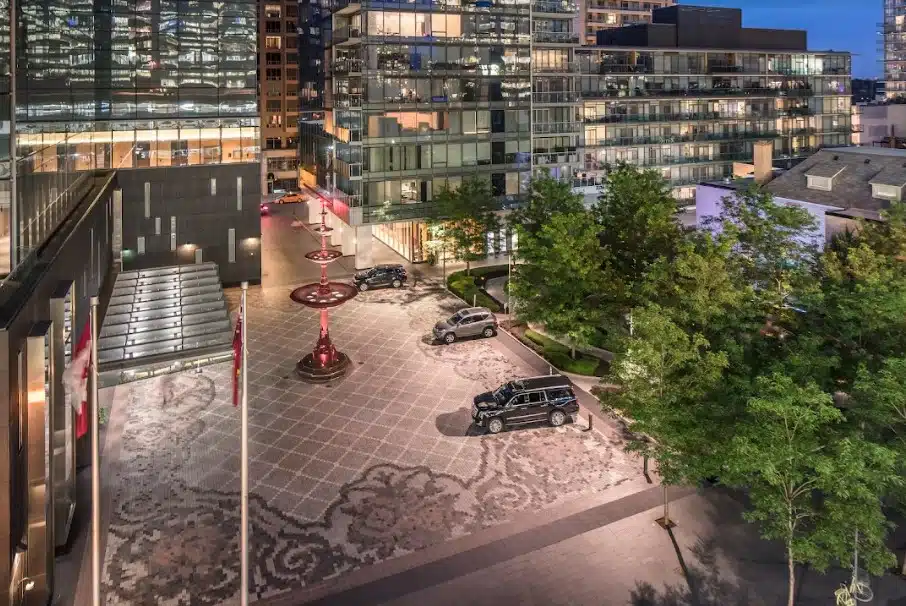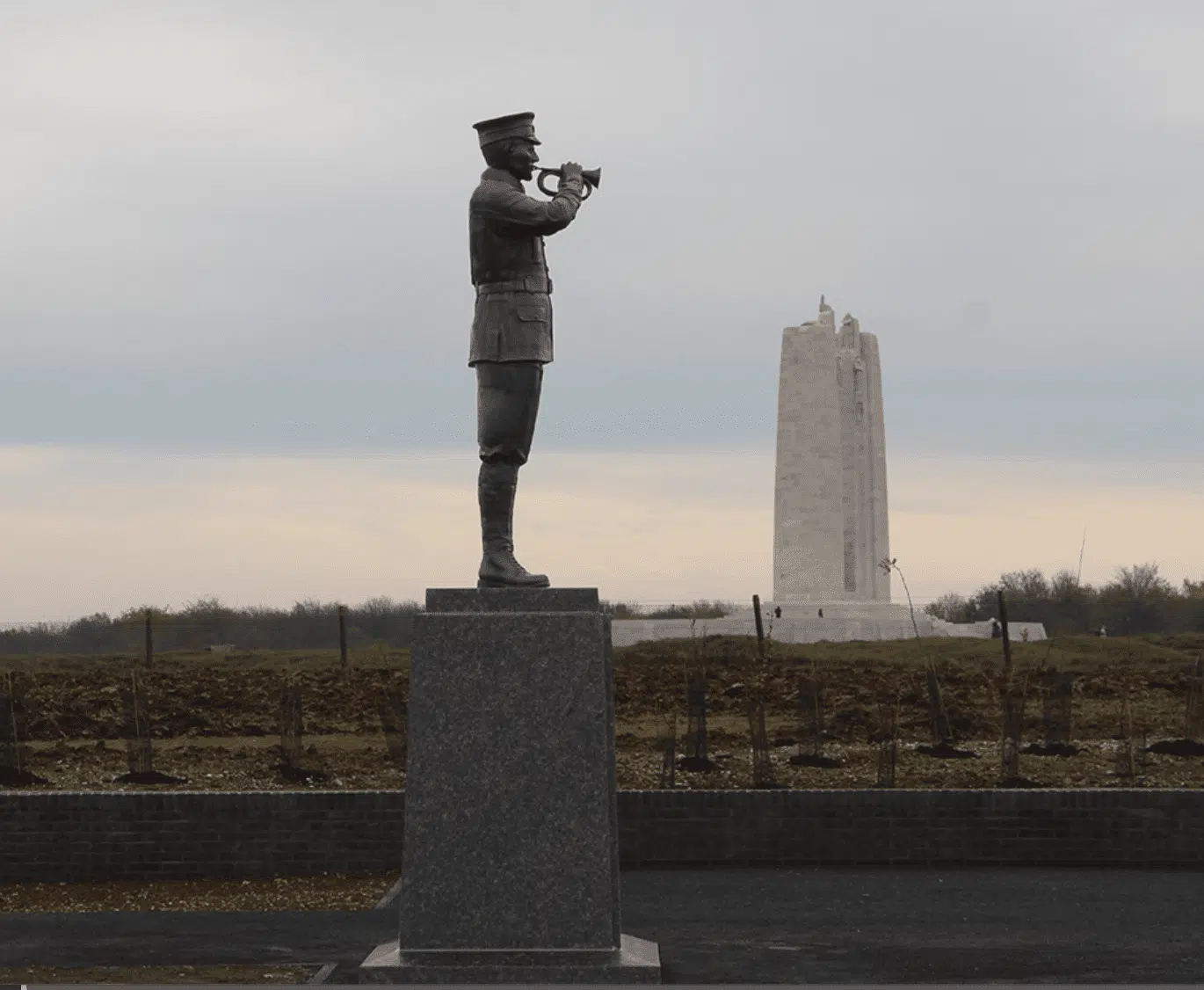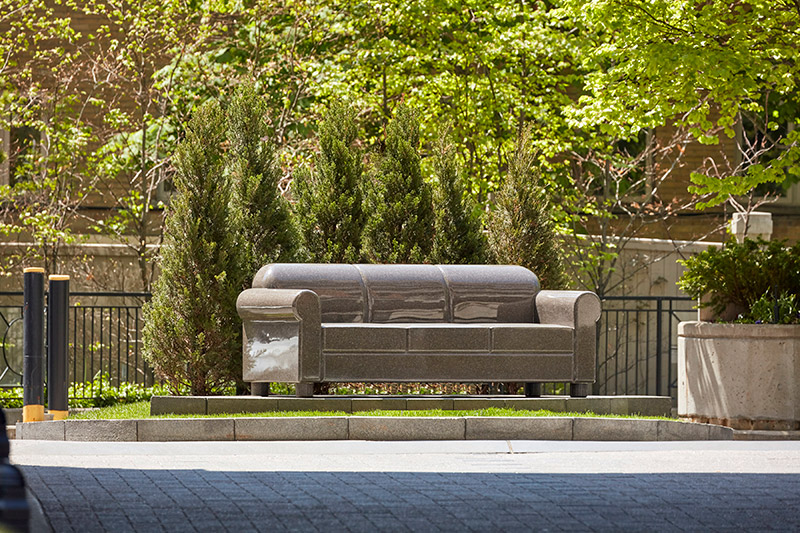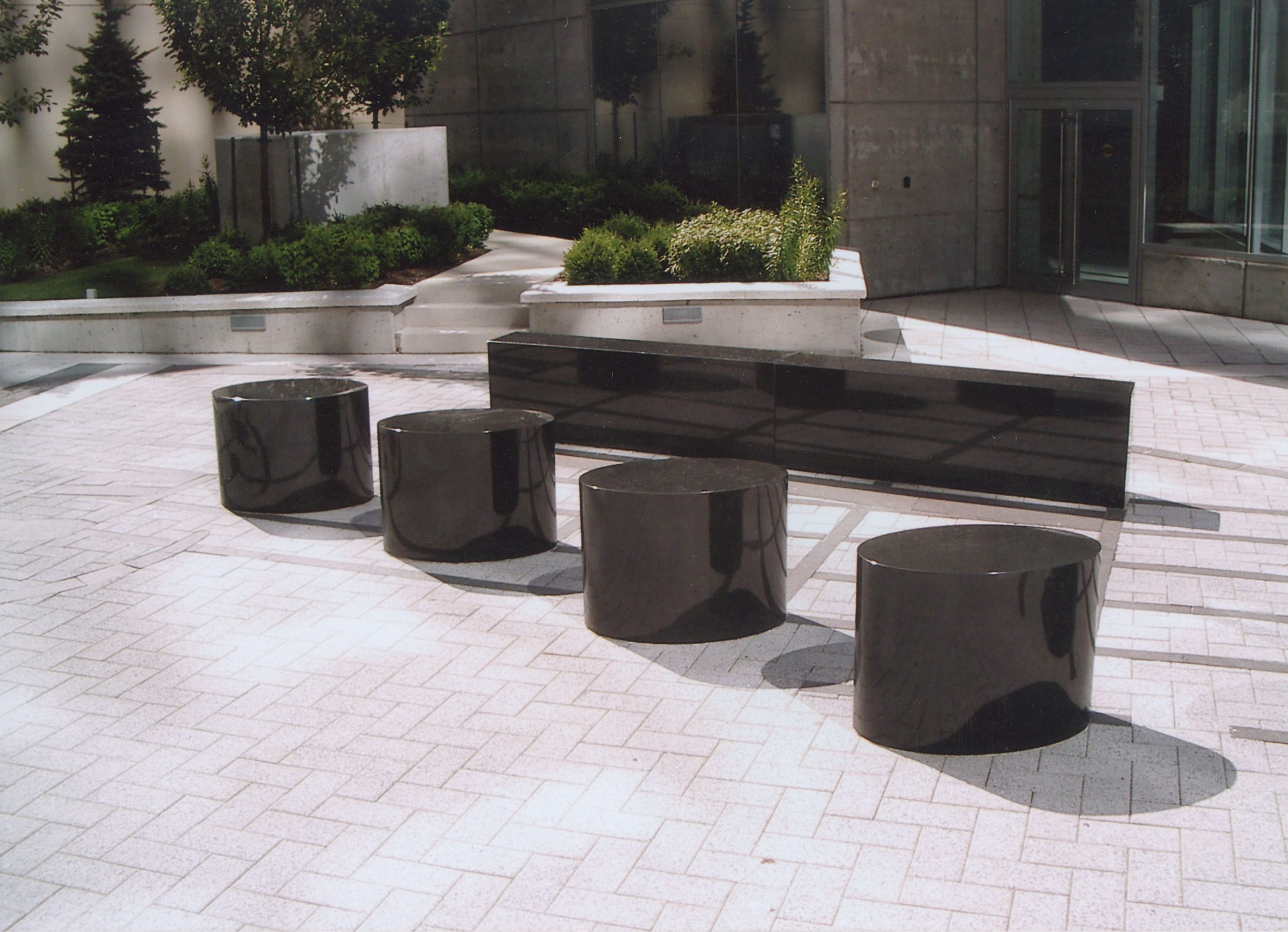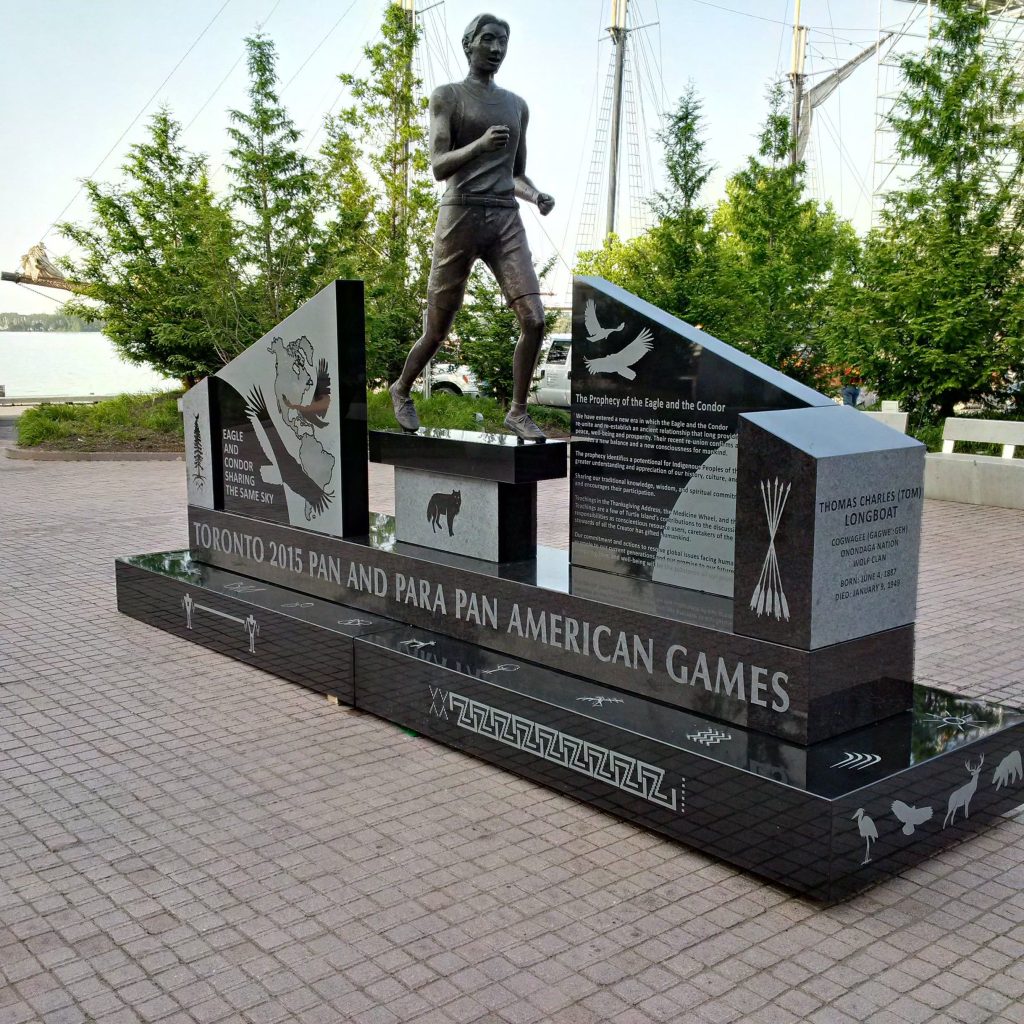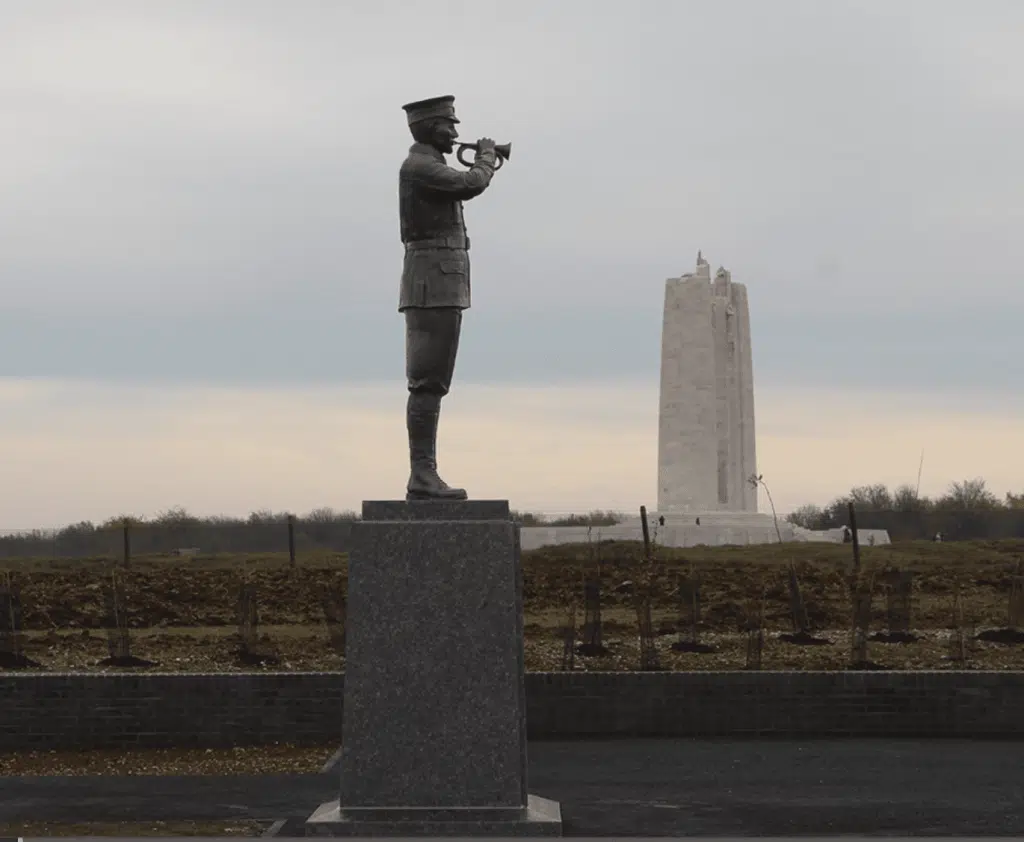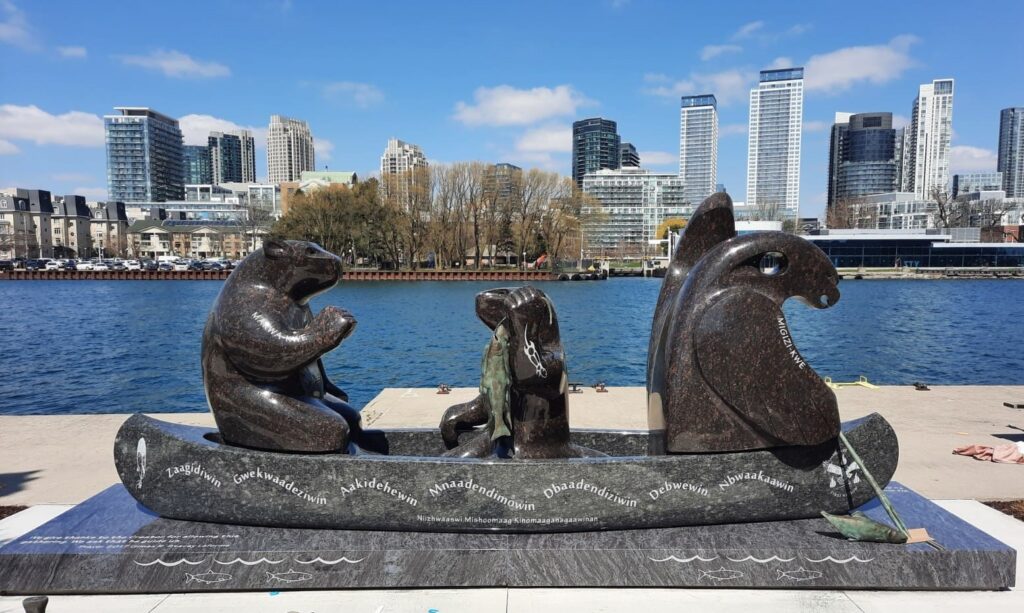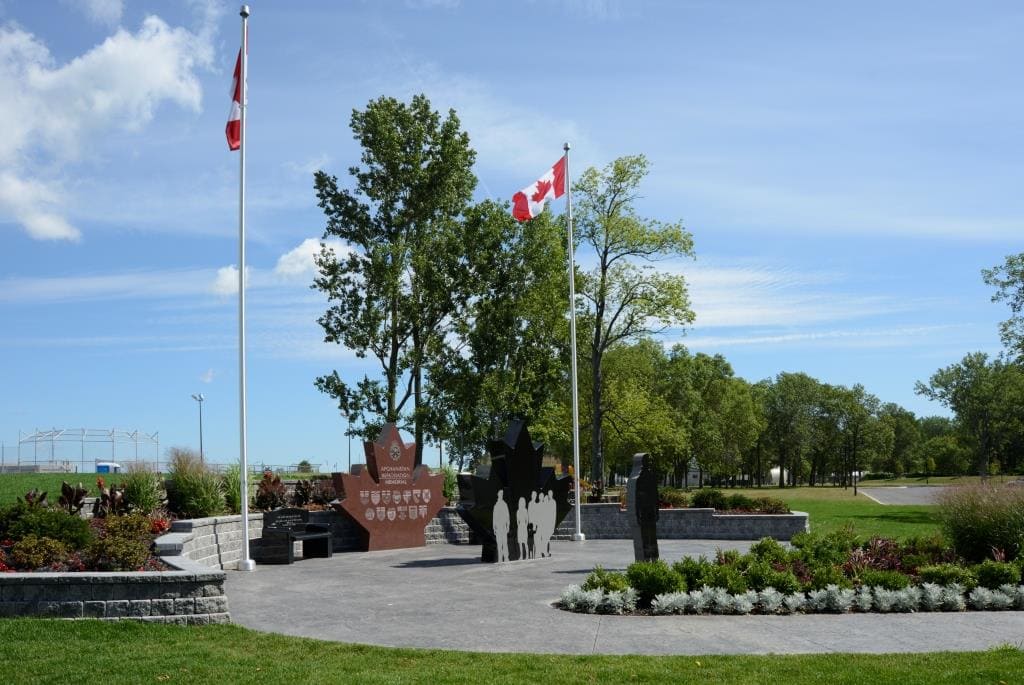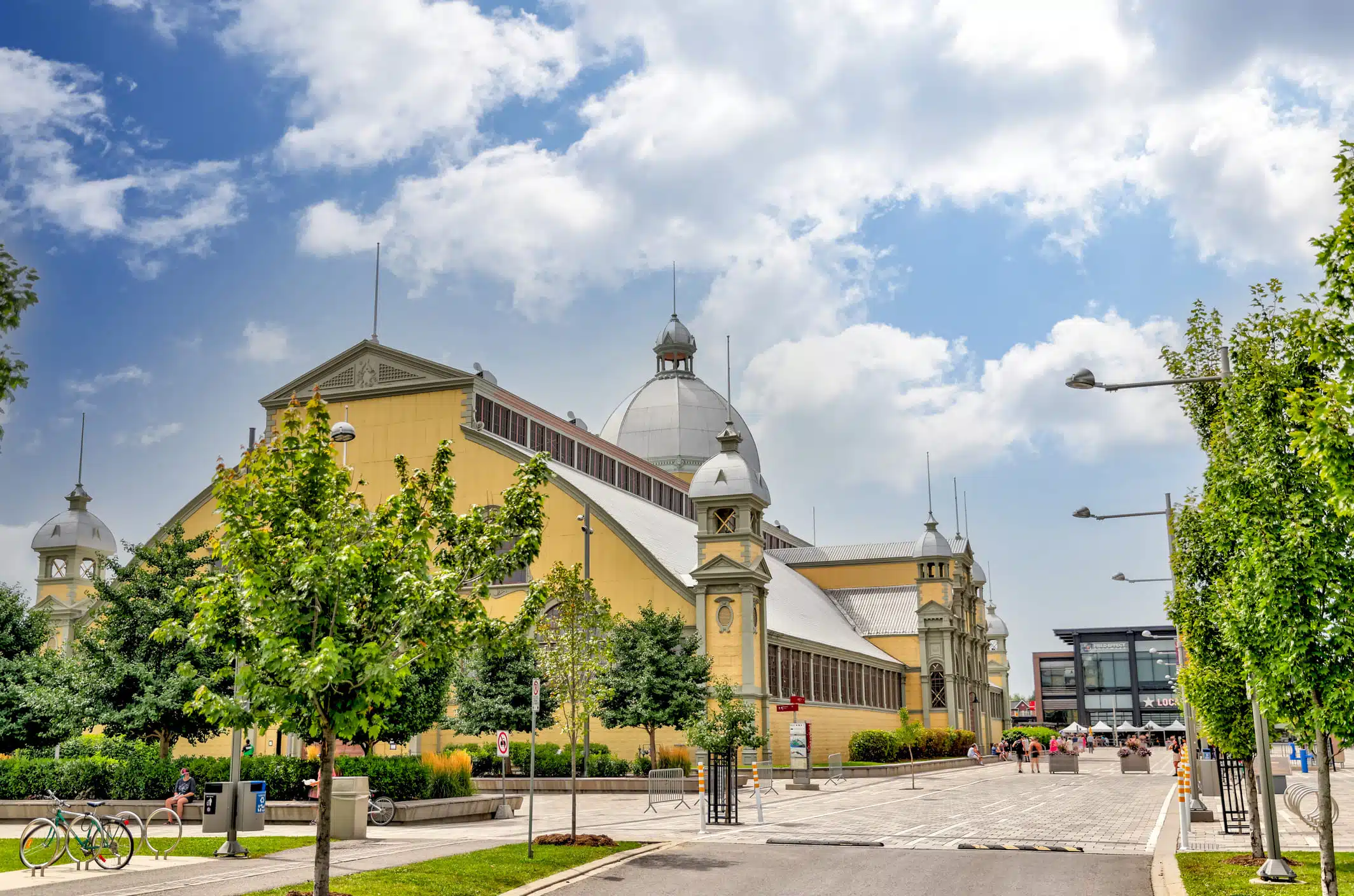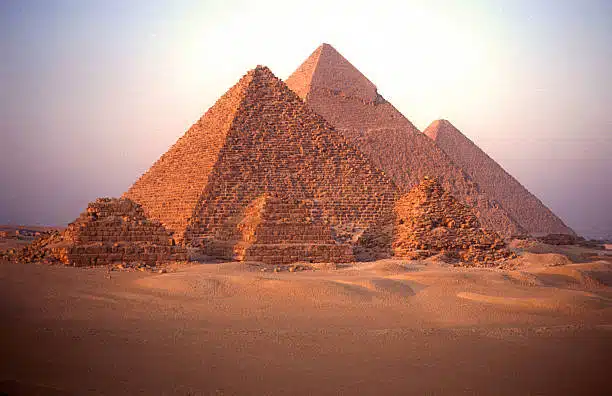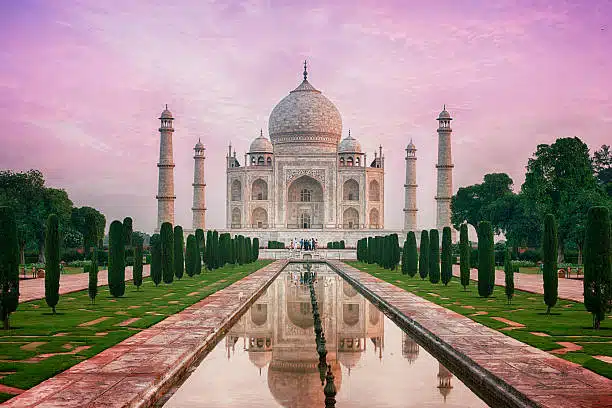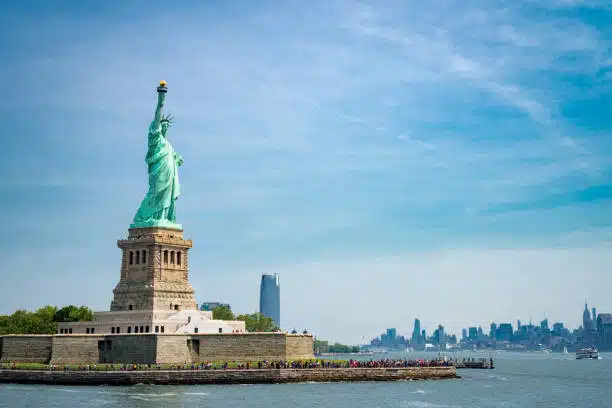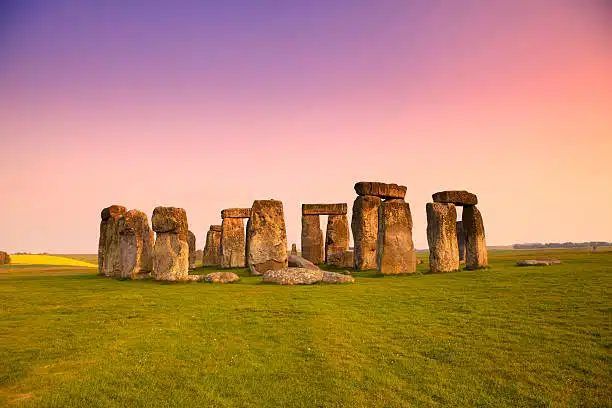Whether you’re a landscape architect, municipality representative, or involved in urban design, understanding the differences between cobbles, setts and pavers is super-handy for selecting the right aesthetic for your project.
In this blog, we explore the physical differences and ideal use cases for each.
The Difference Between Cobbles, Setts, and Pavers
What are cobbles?
The word “cobble” comes from the word “cob,” which means a rounded lump. So, a cobble is a rounded piece of stone, and it can be made from granite, limestone, sandstone or basalt.
Granite cobbles are particularly popular in landscape architecture and public memorials due to their inherent strength.
There’s often a little head-scratching around the difference between cobbles and setts, so it’s not uncommon to hear the term cobbles used when what people are actually referring to are setts.
However, the key distinction to remember is that: cobbles are round while setts are rectangular or square.
Cobbles in context
Cobbles are renowned for their charm and rustic looks and this makes them a popular choice for pathways and public spaces.
In our opinion, they lend character and texture – and a certain rustic-ness – to architectural designs and landscaping projects.
What are setts?
As previously touched on, setts are traditionally small rectangular or square blocks of stone, most commonly made from granite or limestone, that are cut into sizes ranging from 100mm (4”) to 300mm (12”) in depth and width.
Setts have been used in a vast range of paving installations for centuries. They are precisely cut and shaped by hand or machinery, and present a more structured and ordered appearance, with clean lines and consistent dimensions.
Due to their durability and resistance to wear and tear, setts are favoured for high-traffic areas such as city streets, sidewalks, and plazas. Their tight interlocking joints and precise cutting also ensure a stable and long-lasting pavement surface.
As an aside, when many people – including our customers – speak about cobbles, often what they’re referring to is setts. It wasn’t too long ago that we in the industry distinguished between the two, in fact – but never fear, we’re here to help and translate the industry jargon!
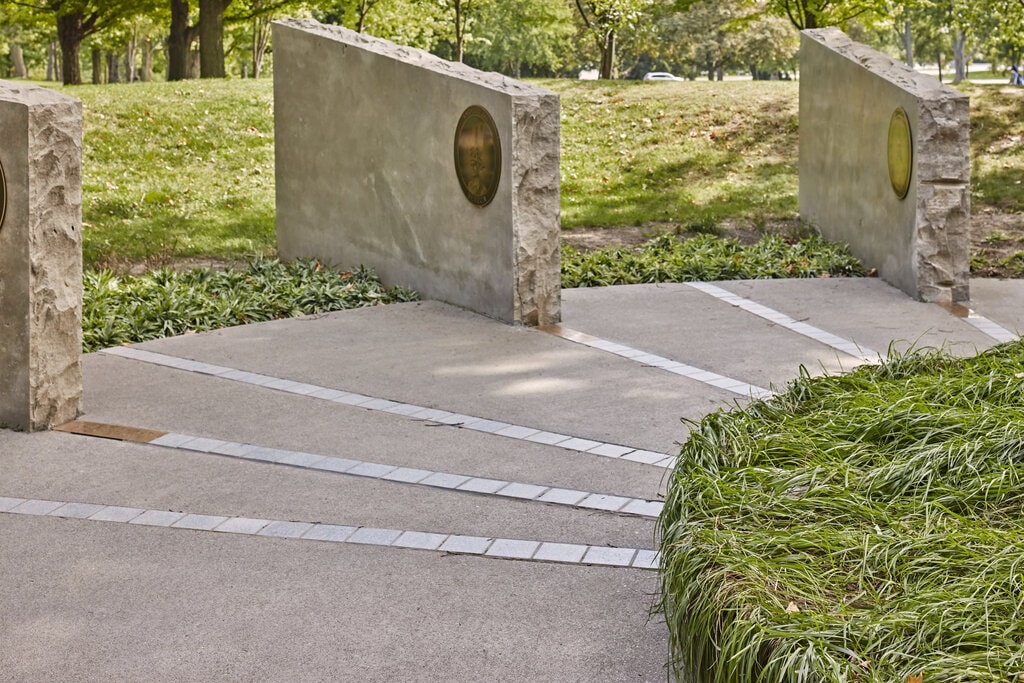
Sett-ing the scene
A high-profile example of HGH-supplied granite setts in action can be seen in the grand ‘pavement carpet’ at the award-winning Four Seasons Hotel in Yorkville, Toronto, ON.
We worked with Aldershot Landscape on this project, supplying them with all the granite and detailed shop drawings to help them with the final install of this eye-popping public piece.
These images show a combination of setts and pavers with the majority of the ‘carpet’ using setts for the design.
What are pavers?
Traditionally*pavers are larger format, rectangular stones (or concrete blocks) used for paving purposes. They come in a variety of materials, including granite, limestone, slate, concrete, and porcelain.
Granite pavers are a popular choice for outdoor paving projects in high-traffic public areas due to the following factors:
- Their inherent strength and aesthetic appeal
- The fact they’re weather and stain resistant
- Their versatility (coming in an range of colours and surface finishes)
The granite pavers at the Meridian Hall, Toronto, Ontario
Here’s another of our high-profile projects, this time featuring granite pavers at the Meridian Hall, in Toronto, Ontario. This site was previously known as the Sony Centre for the Performing Arts, and was designed by Claude Cormier + Associés Landscape Architects.
For this awesome public plaza project, we supplied the granite to Aldershot Landscape Contractors.
As you can see from the images, the plaza’s surface is paved with an angled checkerboard pattern in black and white granite that responds to the acute angles of the theatre and nearby streets.
We hope you agree that these sleek granite pavers lend a particularly modern and sophisticated look to this awesome design. (We’re super-proud to have worked on this project!)
Custom pavers
*Pavers don’t always have to be rectangular. They can also be custom made and shaped. Like the maple pavers we created and hand-shaped for the Markham Veterans Square memorial in Markham, Ontario.
HGH’s granite paver projects
Take a look at some additional paving projects we’ve worked on.
The granite plaza at Berczy Square
The Royal Botanical Gardens
The Voices of Freedom Memorial in Niagara-on-the-Lake, ON
Landscape of Nations Memorial, Niagara on the Lake, ON
Gathering of a Same Time architectural feature, Toronto, ON
Which to choose – cobble, pavers or setts?
Cobbles, setts, and pavers each have unique characteristics and applications in urban design and landscaping projects. When selecting materials for your project, it’s essential to consider appearance, durability, and intended use.
As we’ve seen, cobbles are ideal for creating rustic and historic atmospheres, while setts and pavers offer durability, modernity and versatility in abundance.
At HGH, we offer a wide range of high-quality granite products, including setts and pavers, to meet your project needs.
Contact us today to learn more and explore our selection of premium paving materials.
